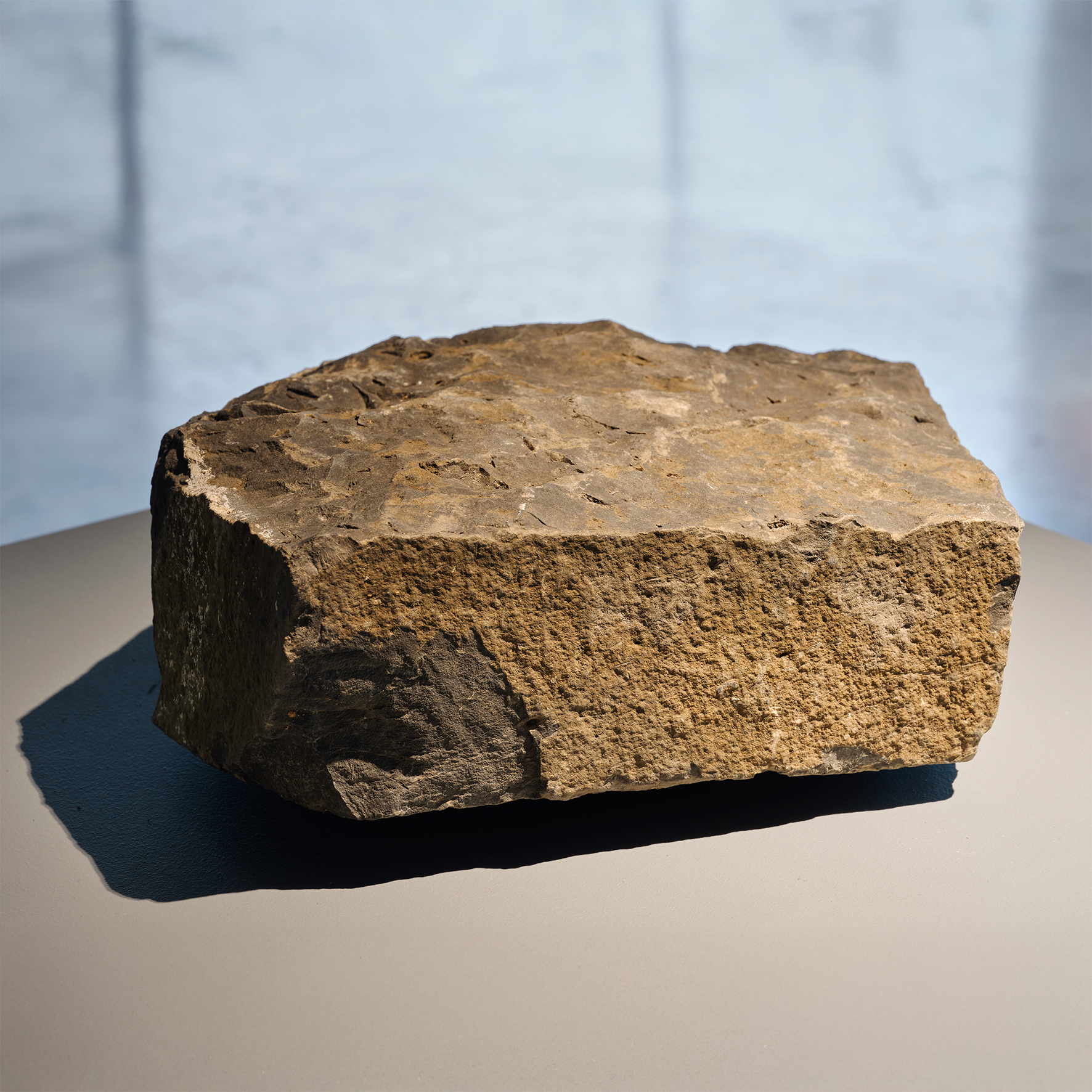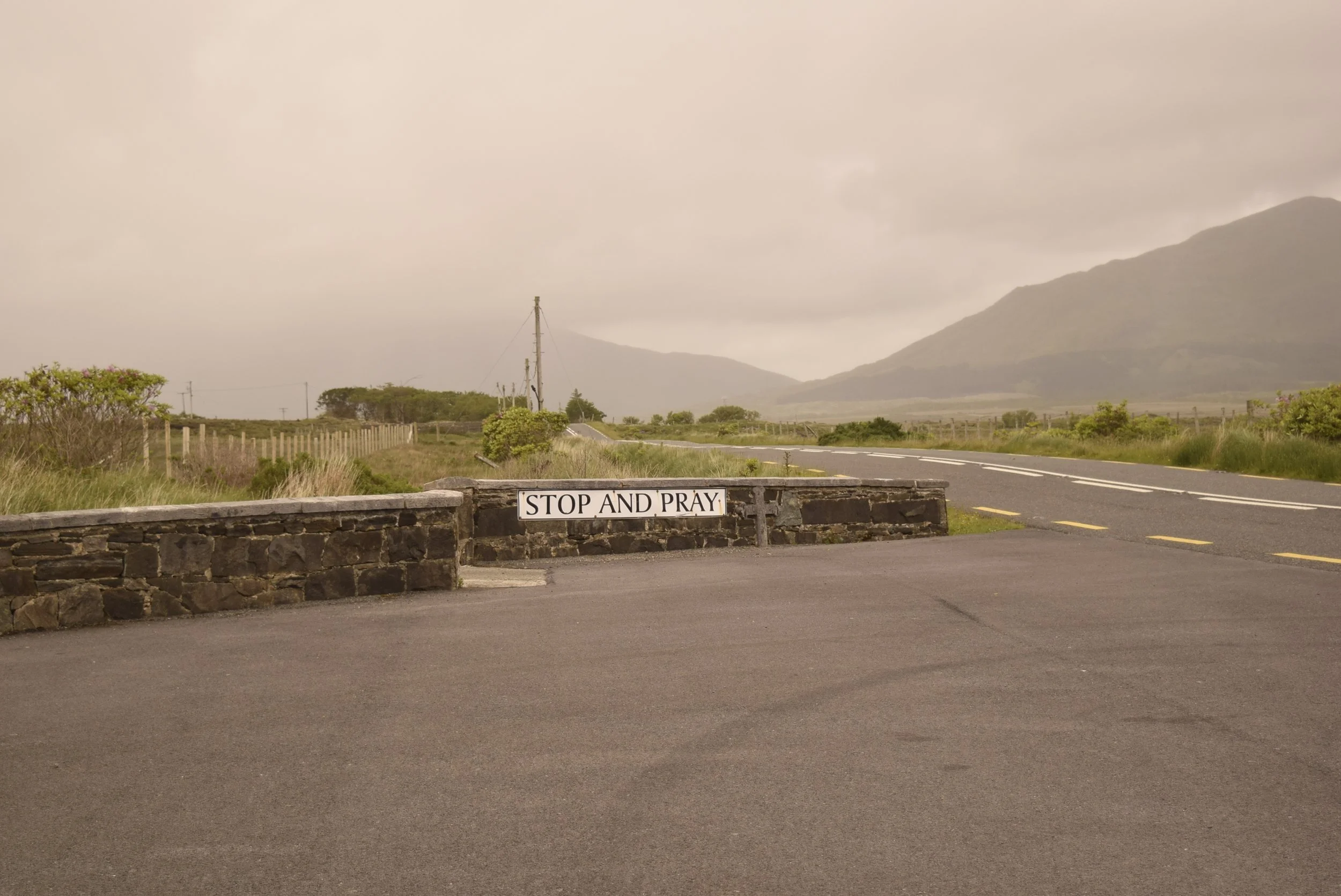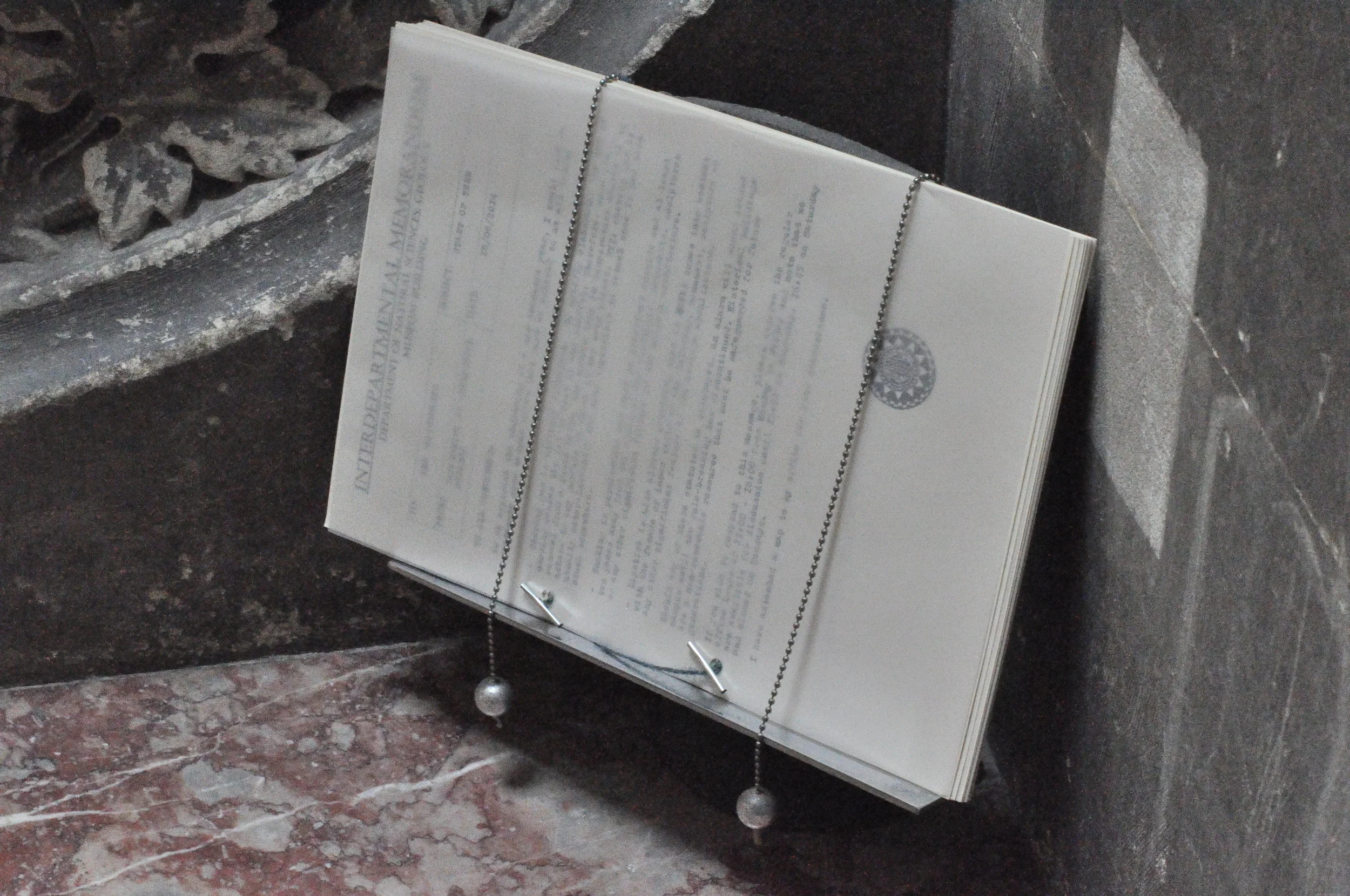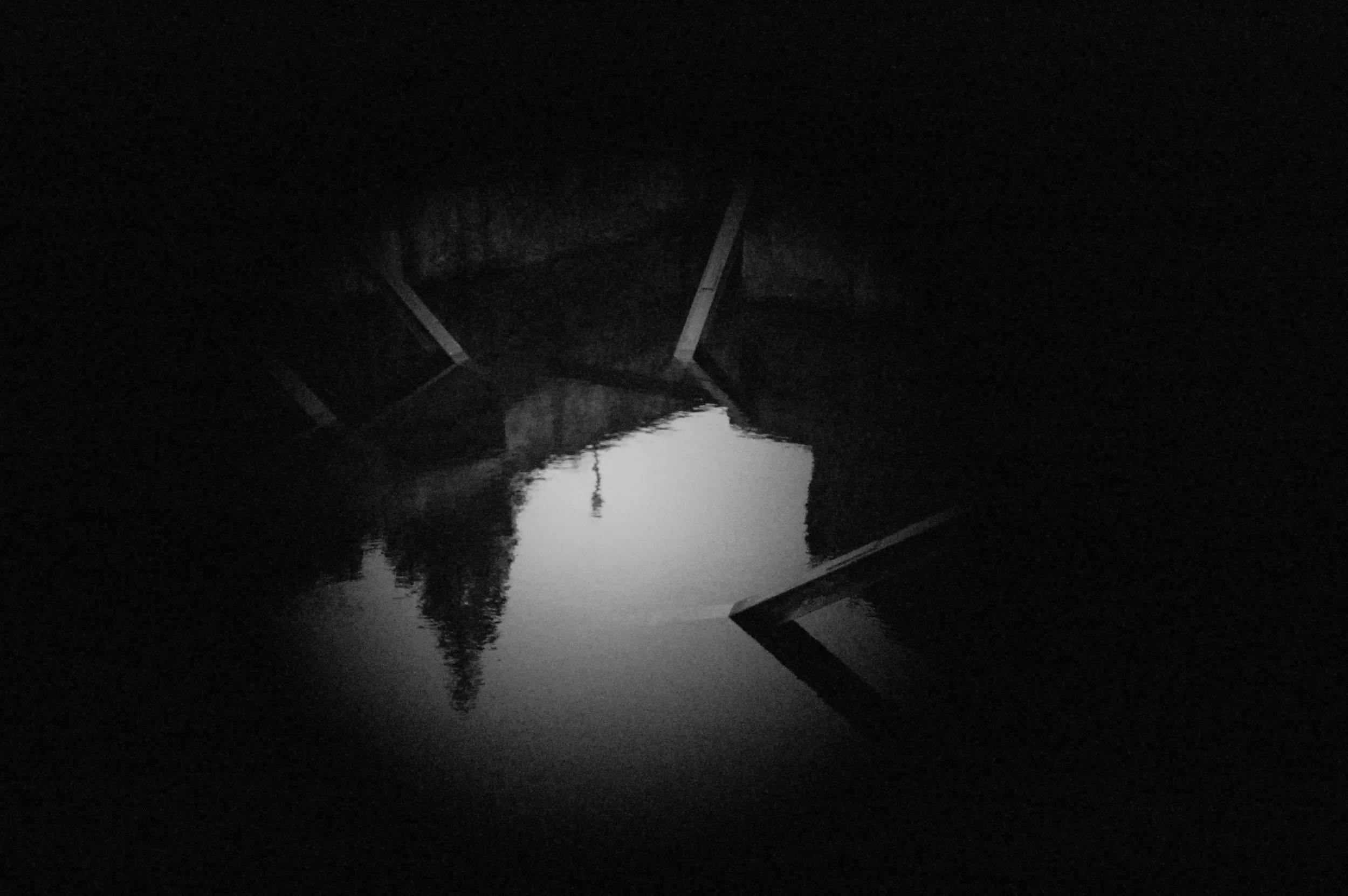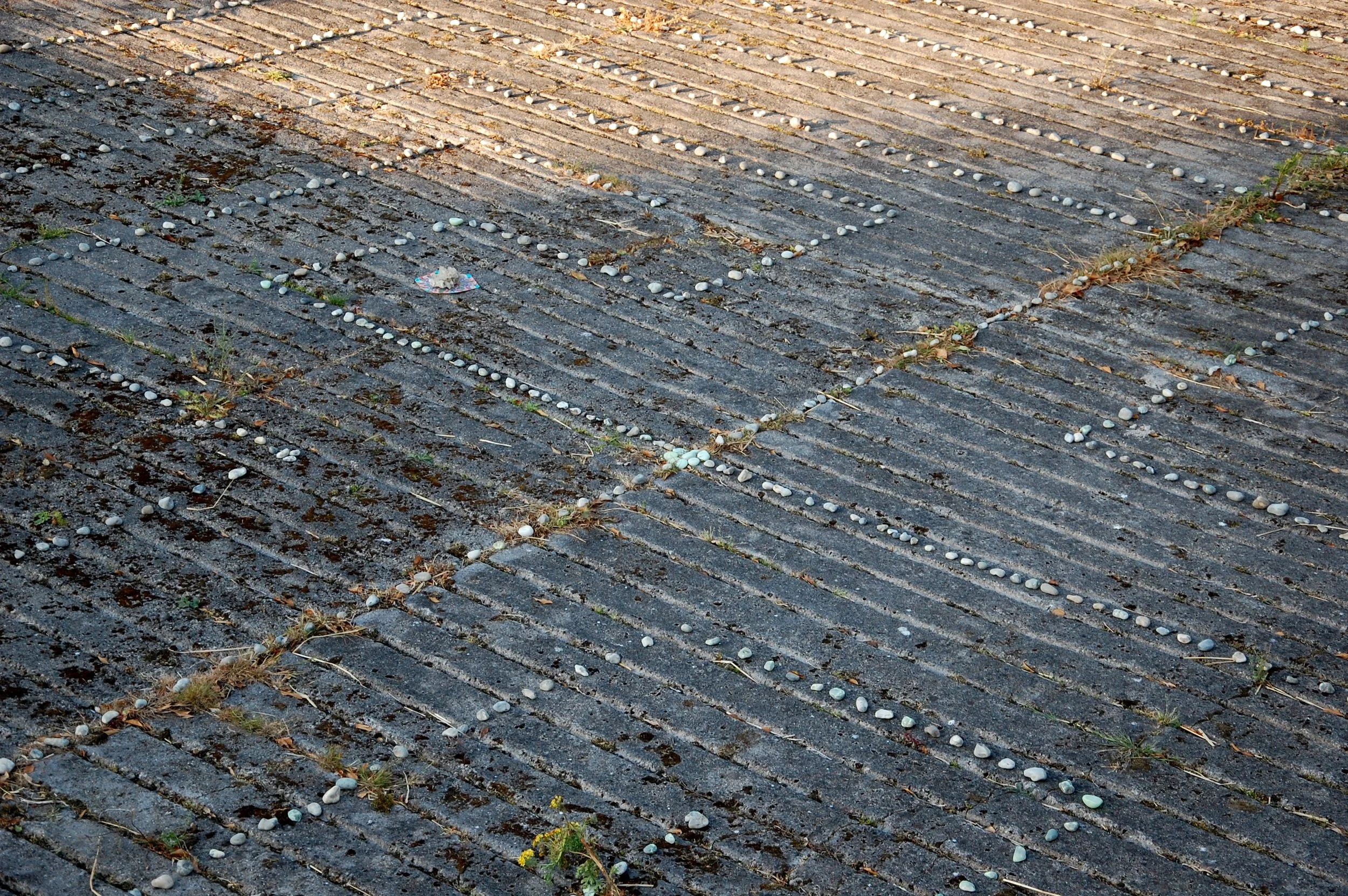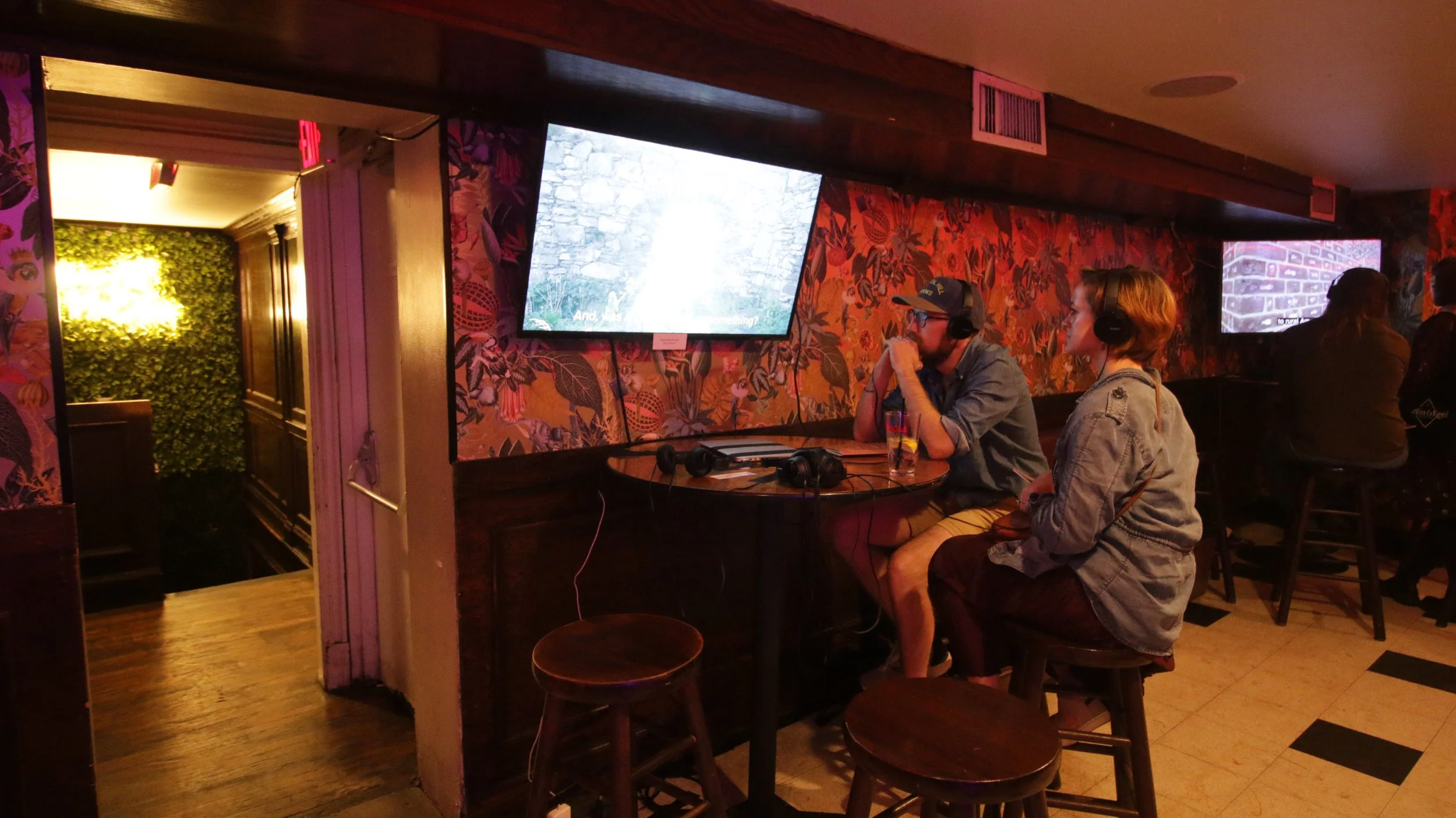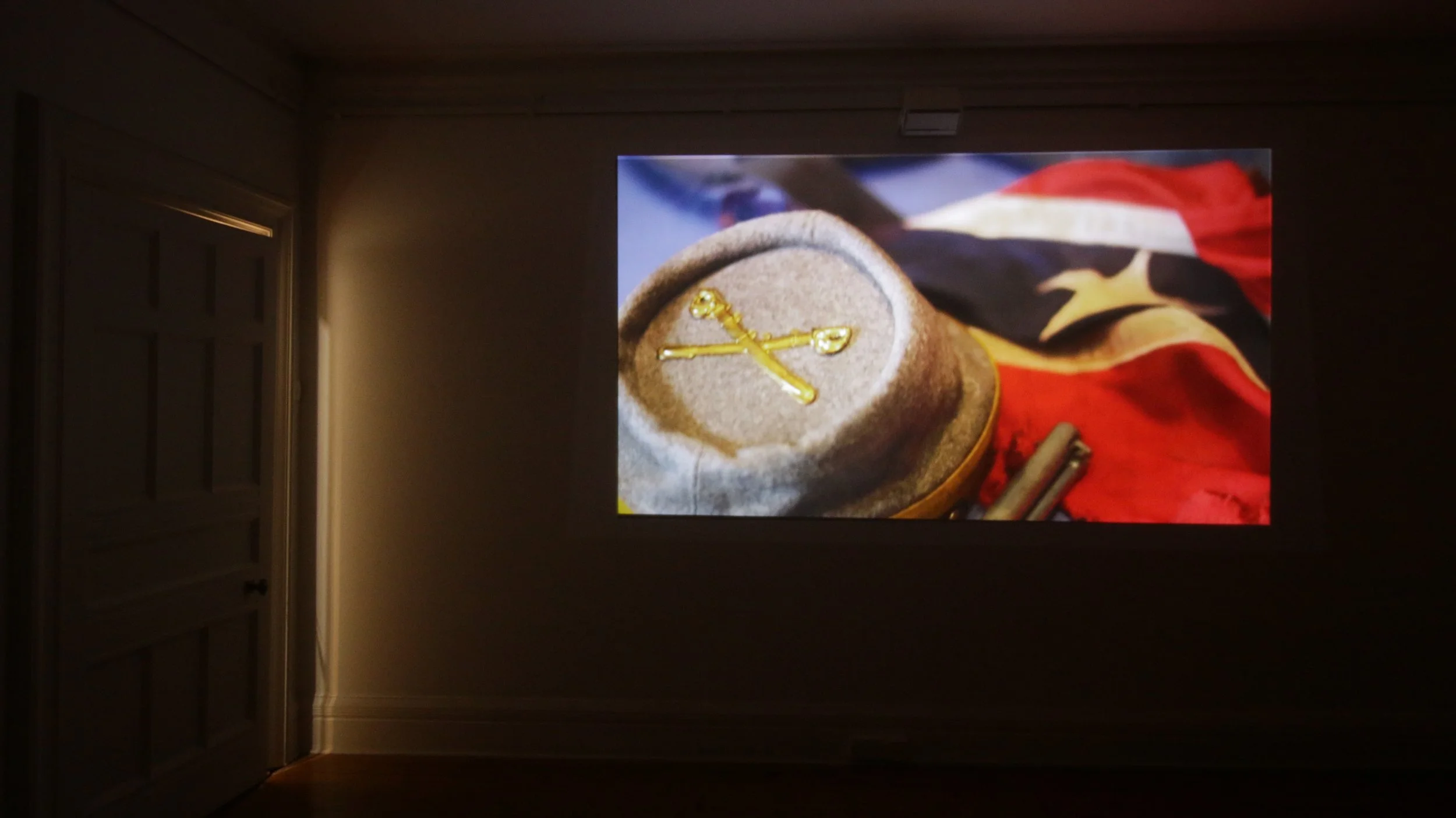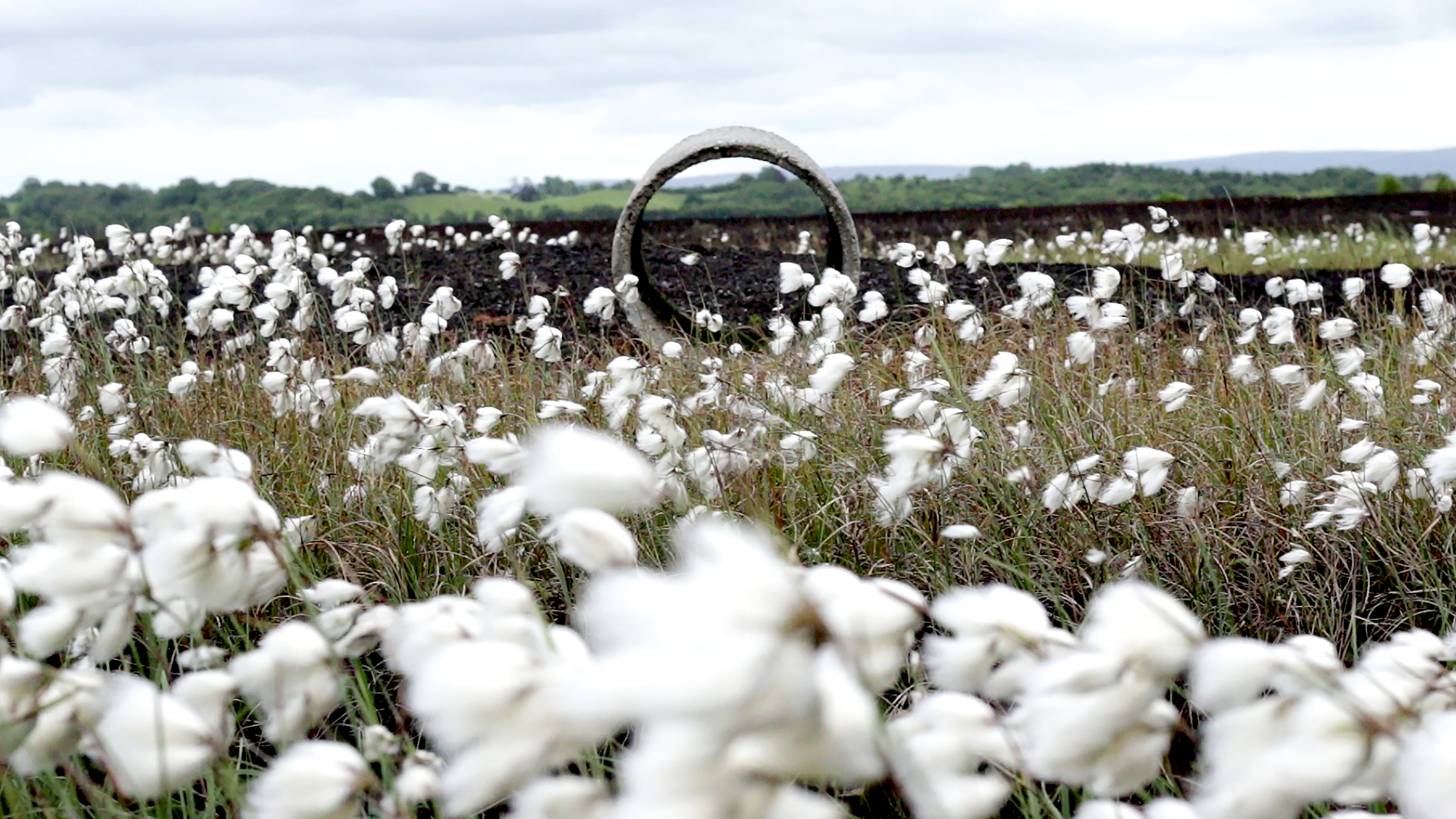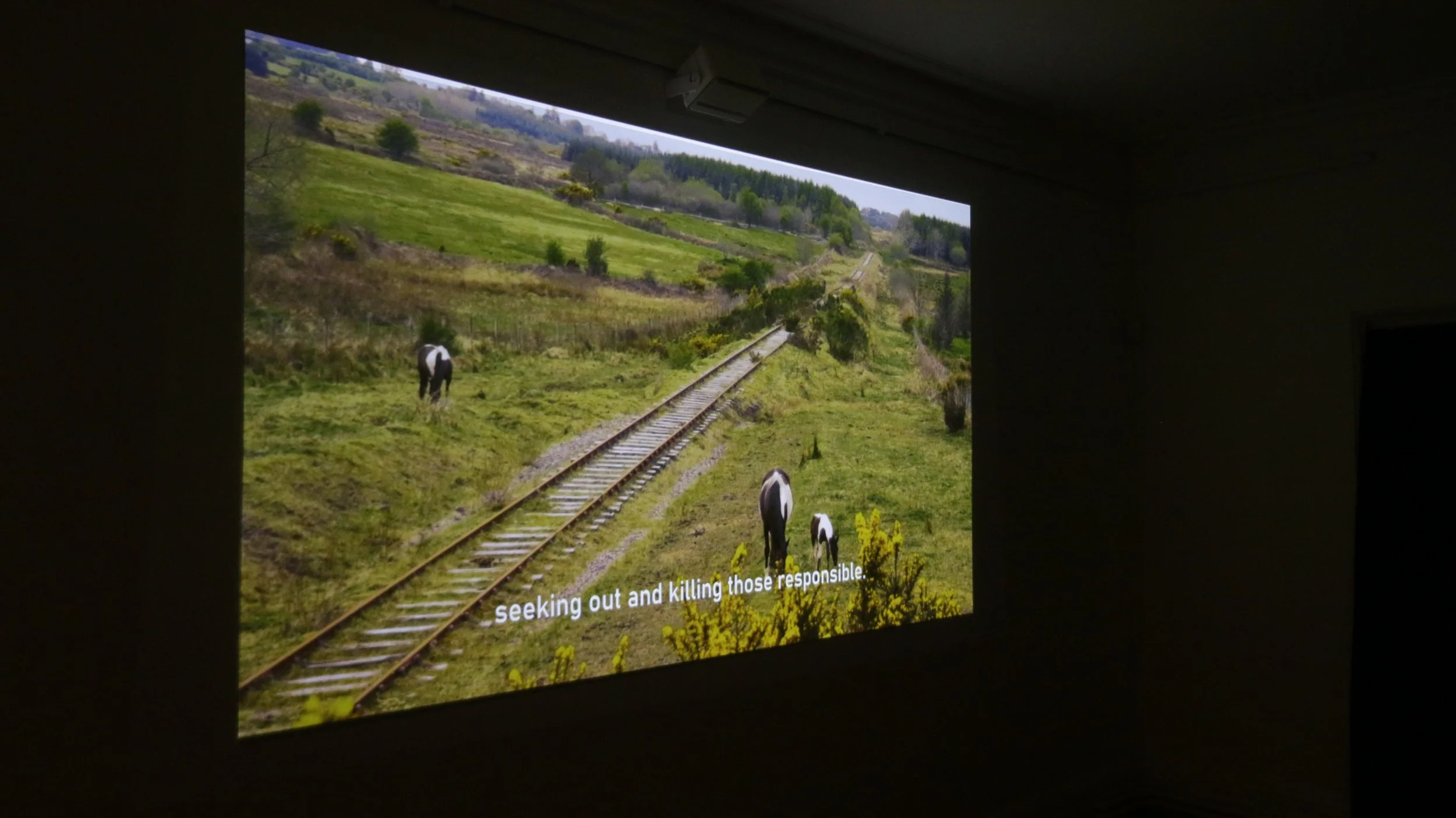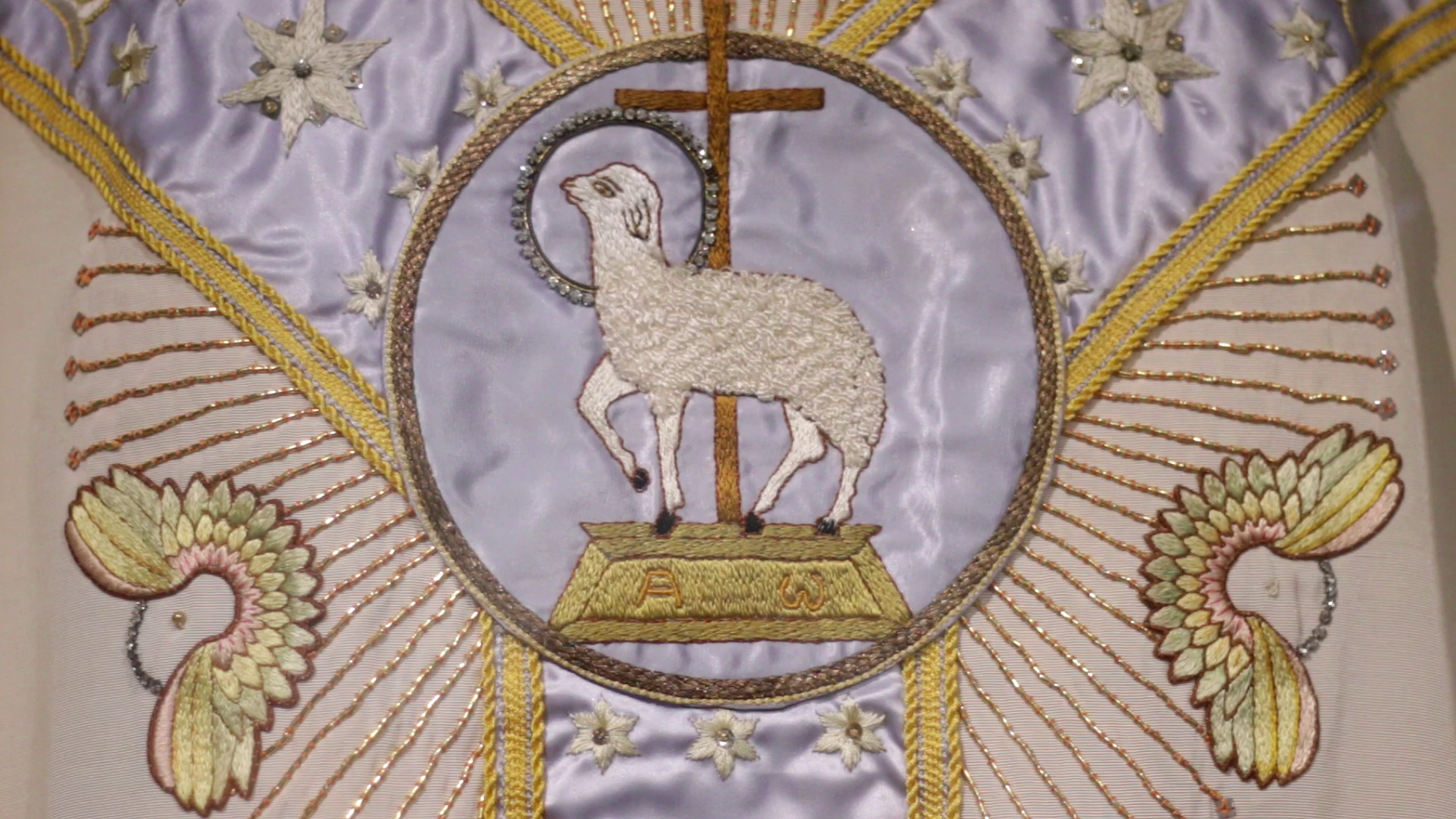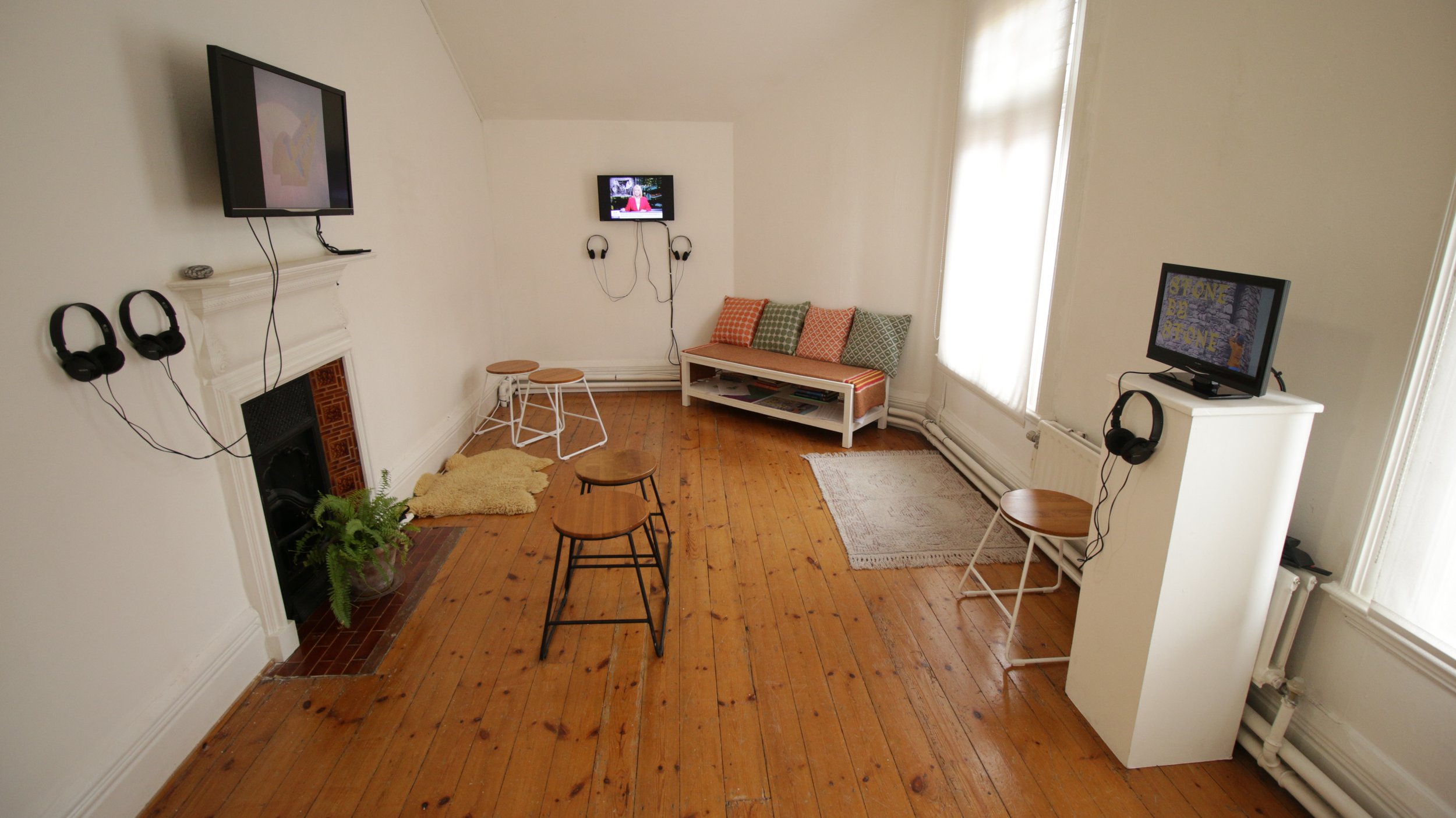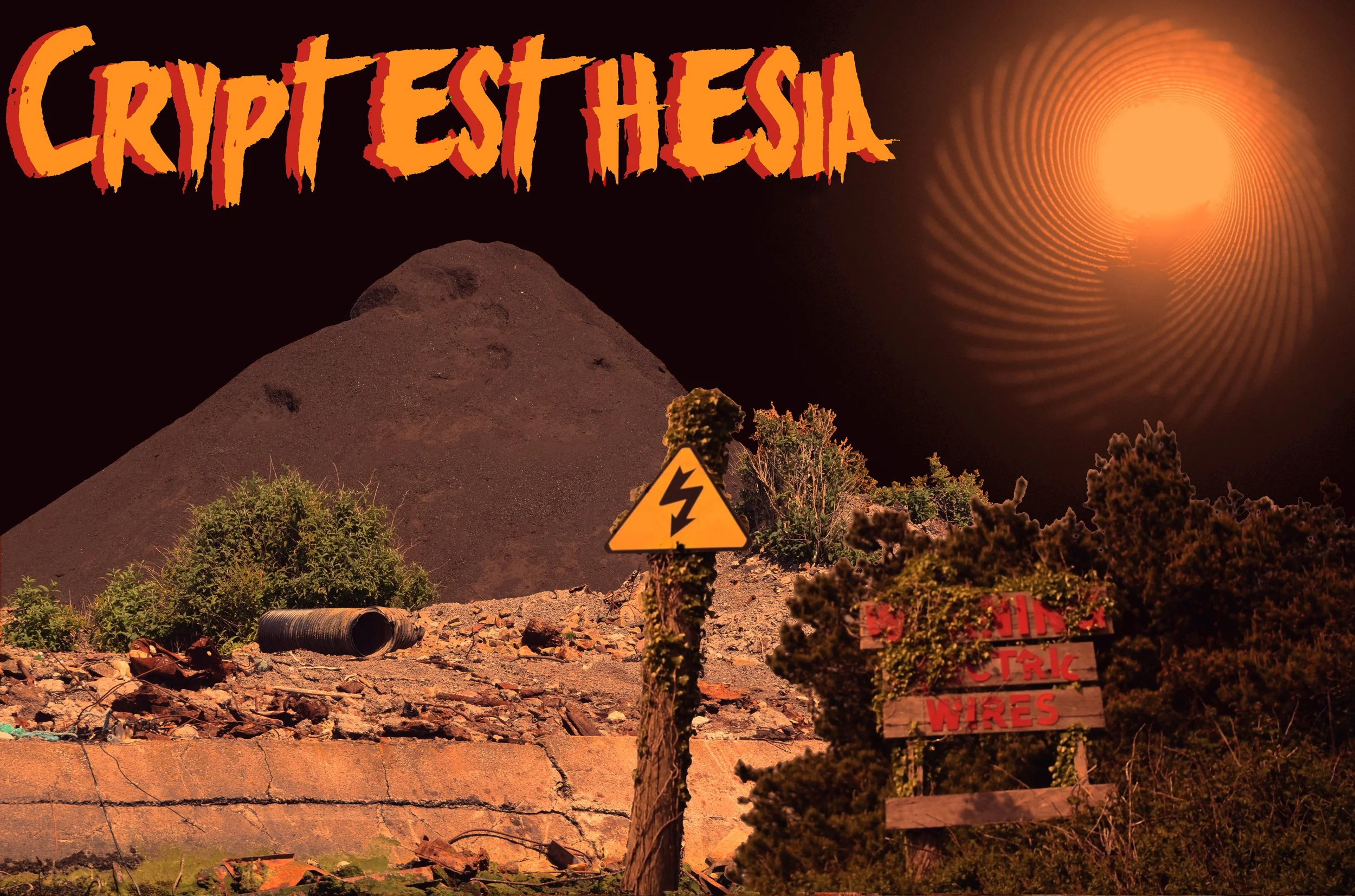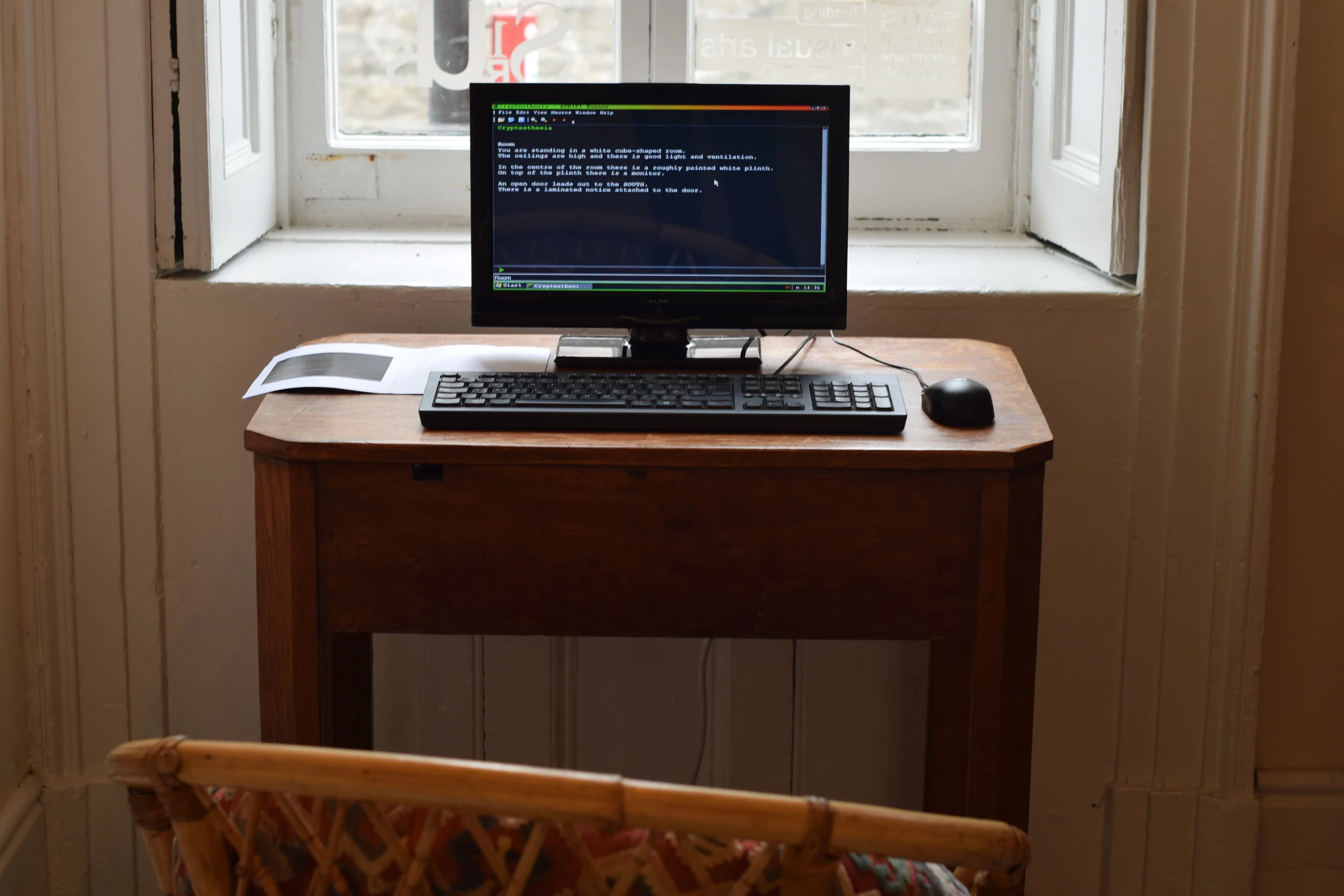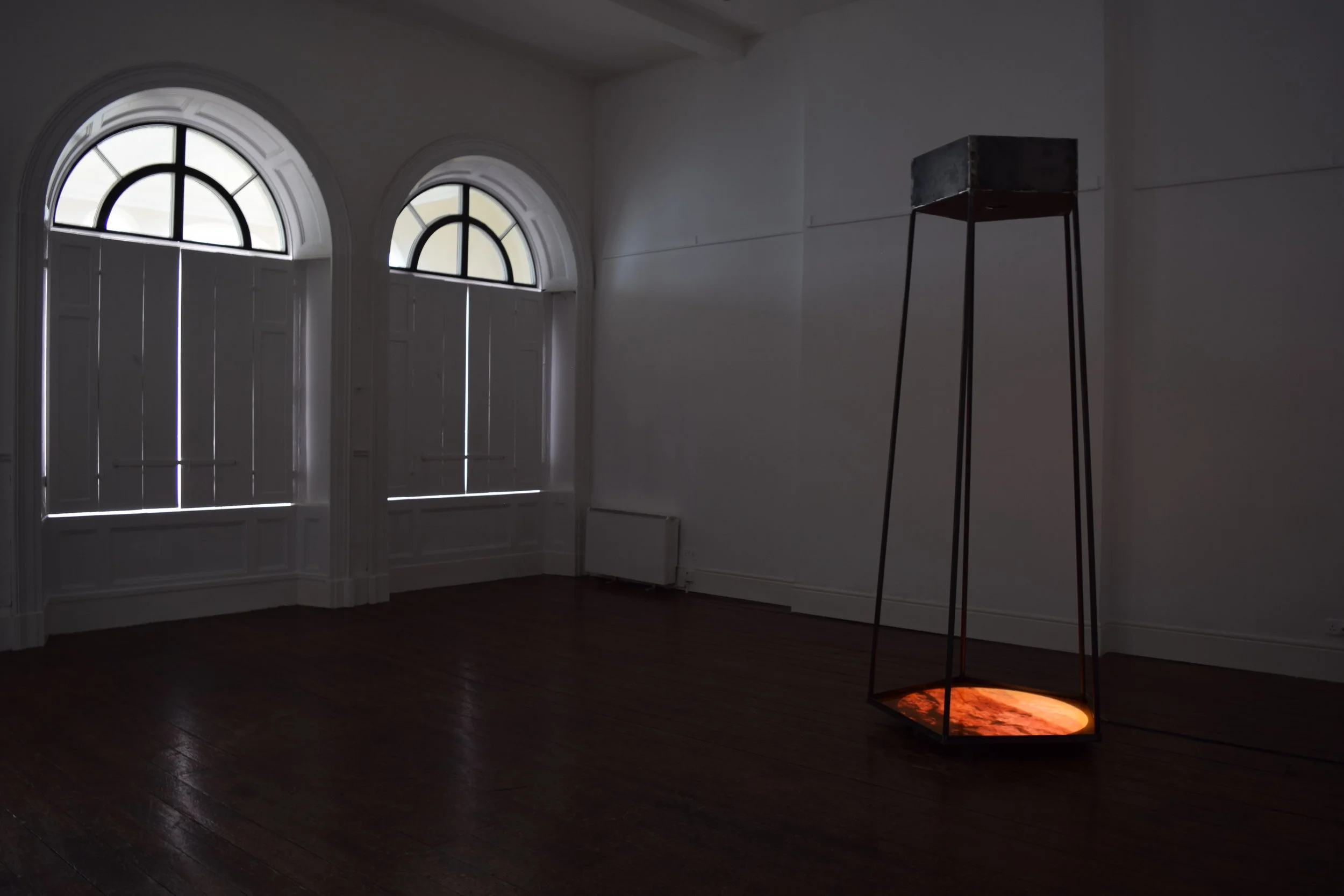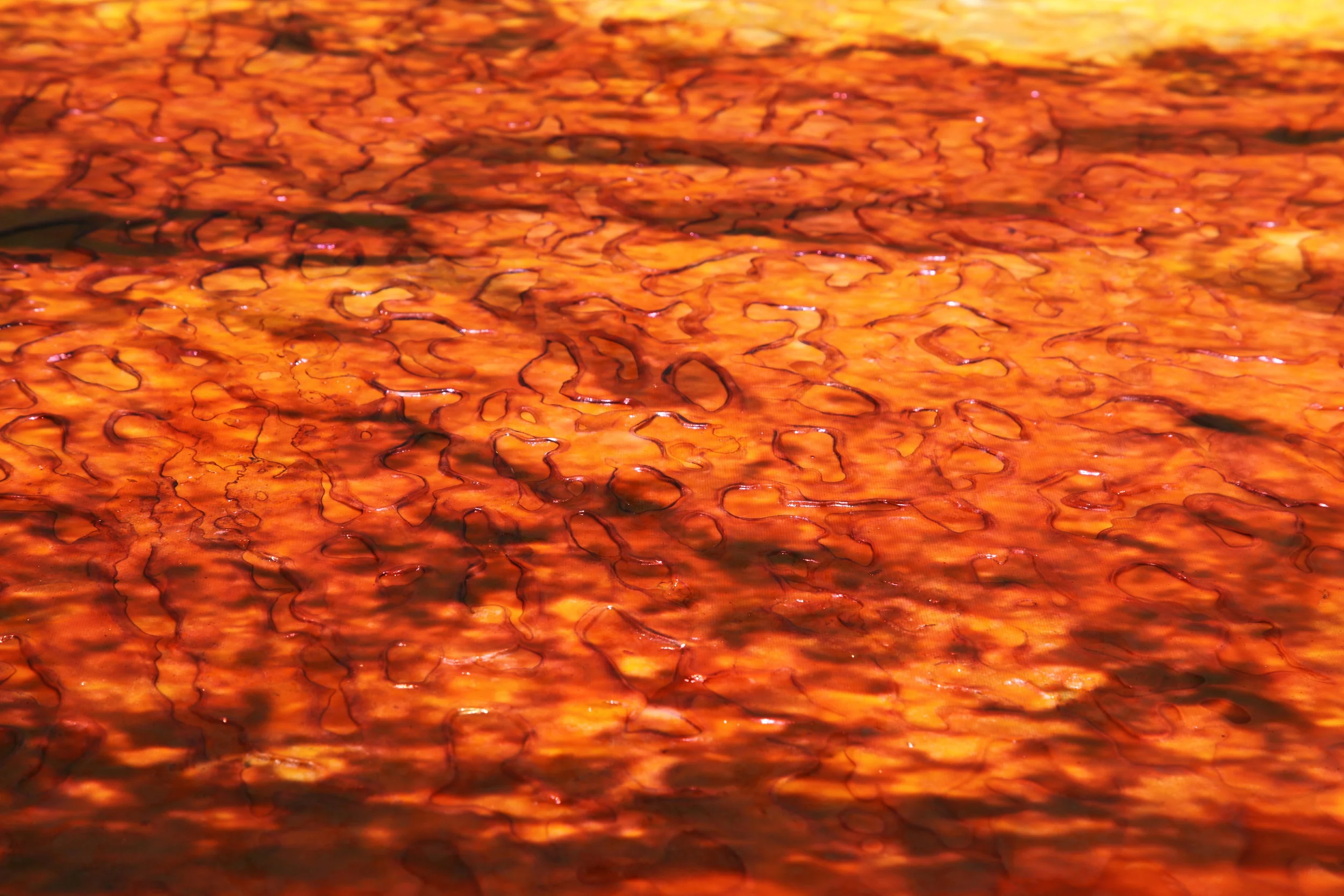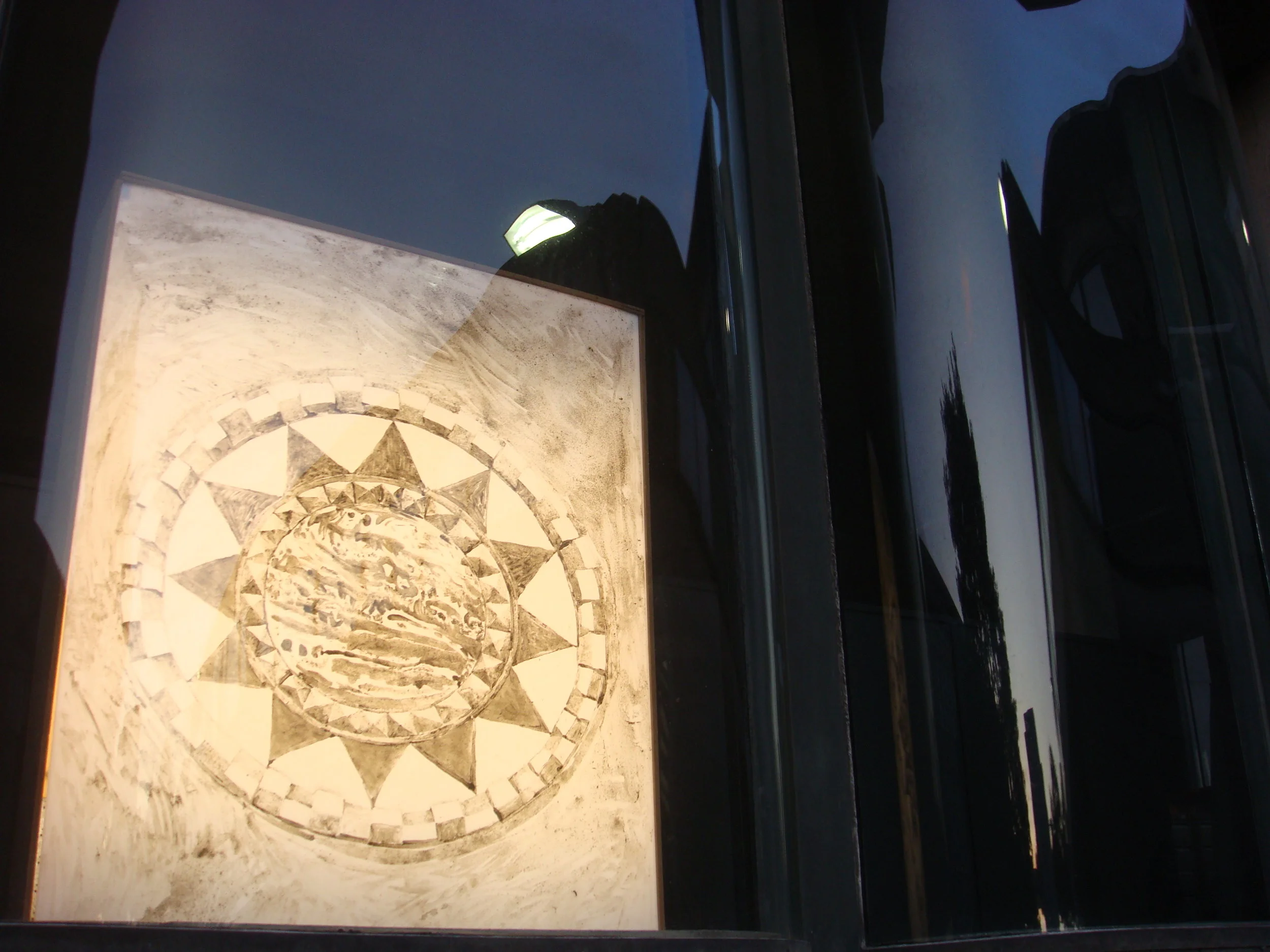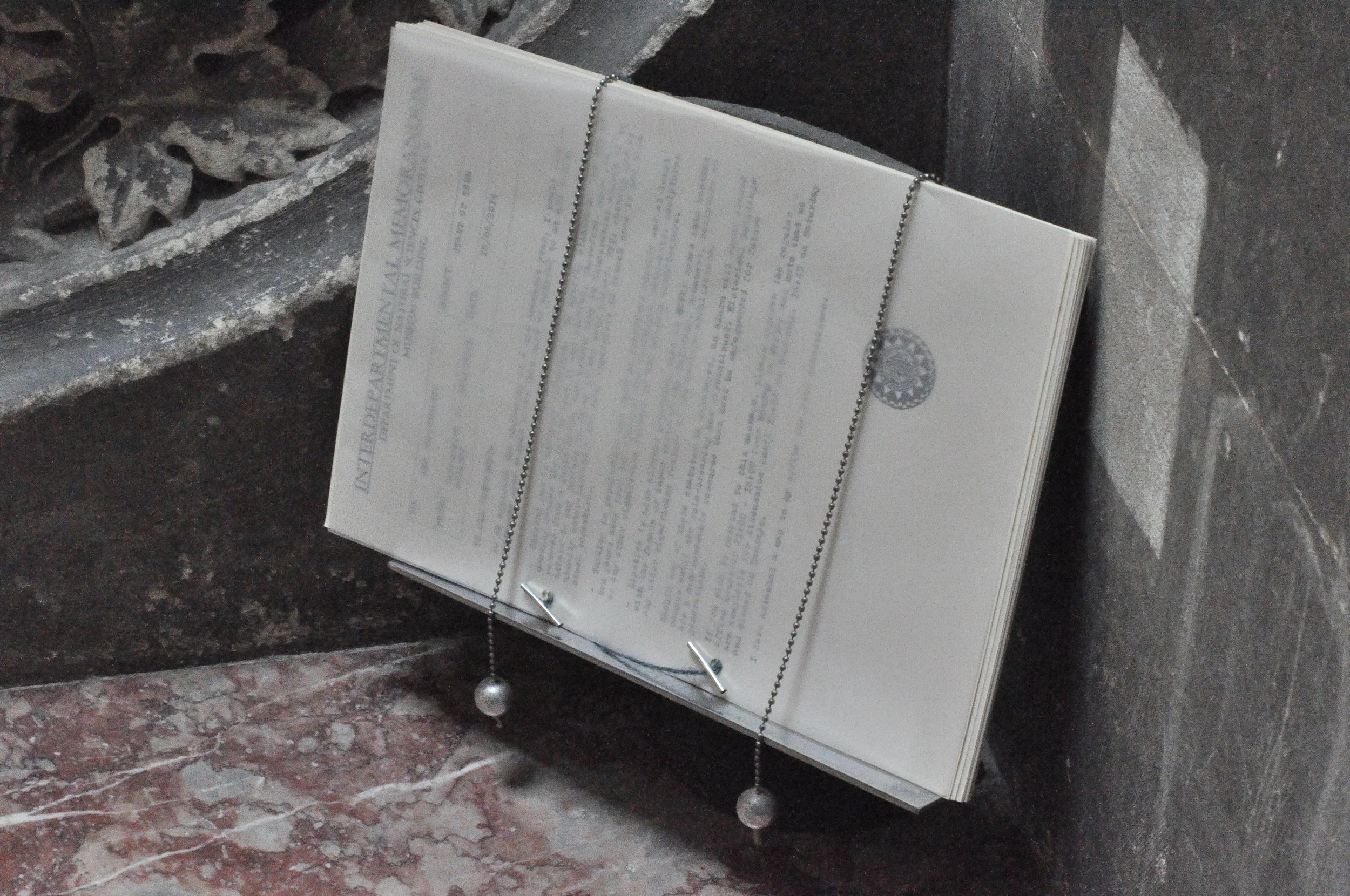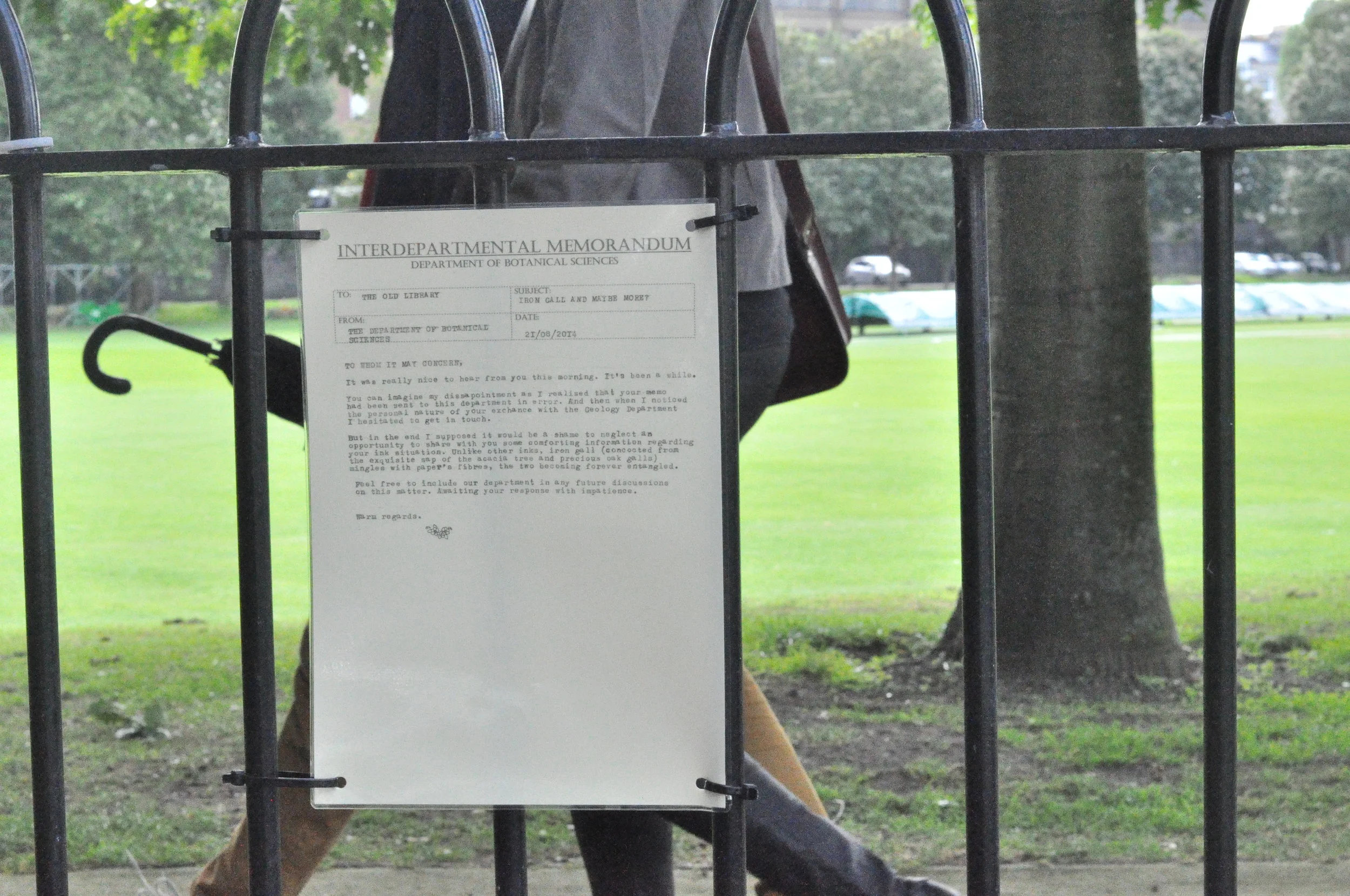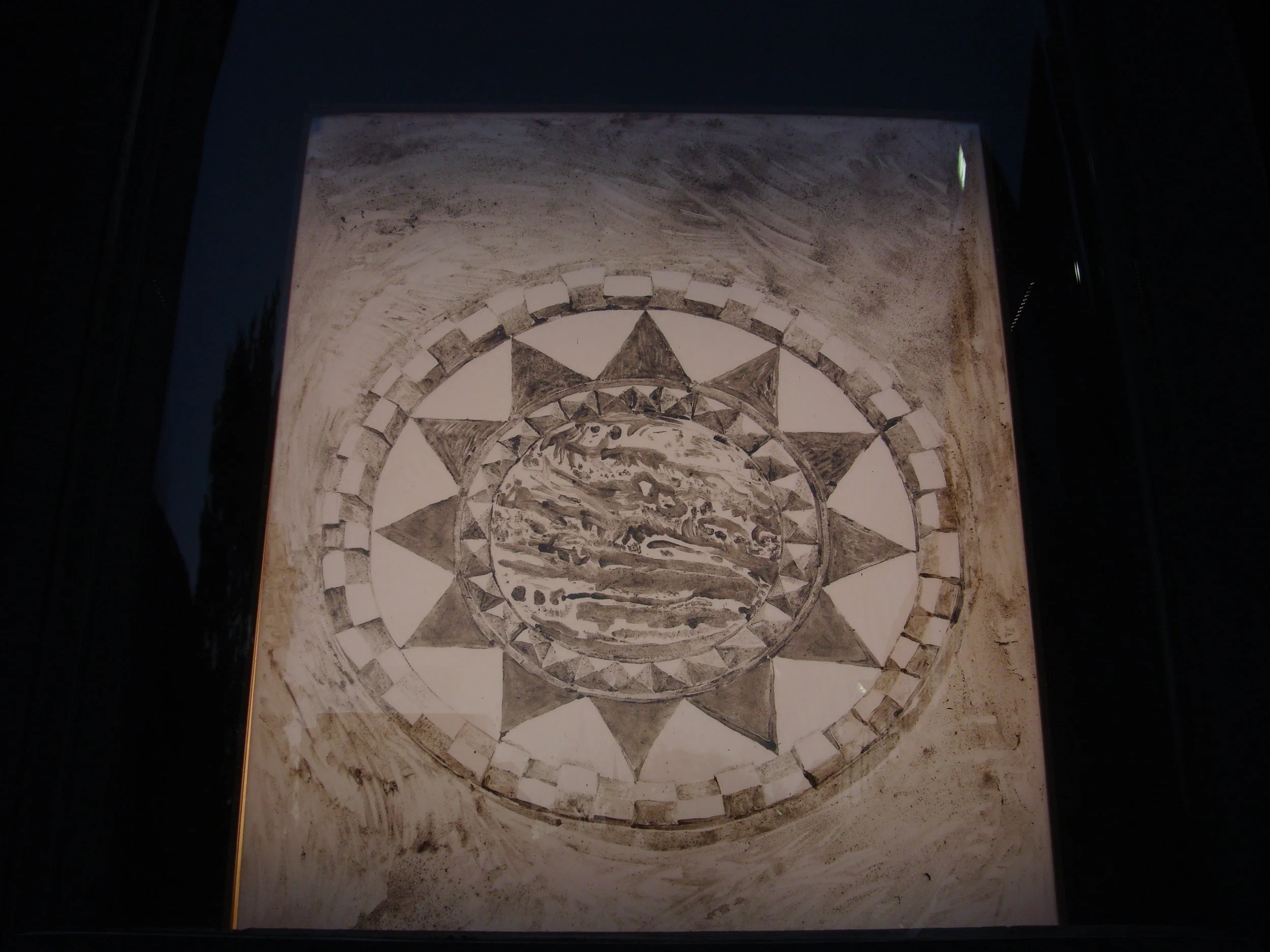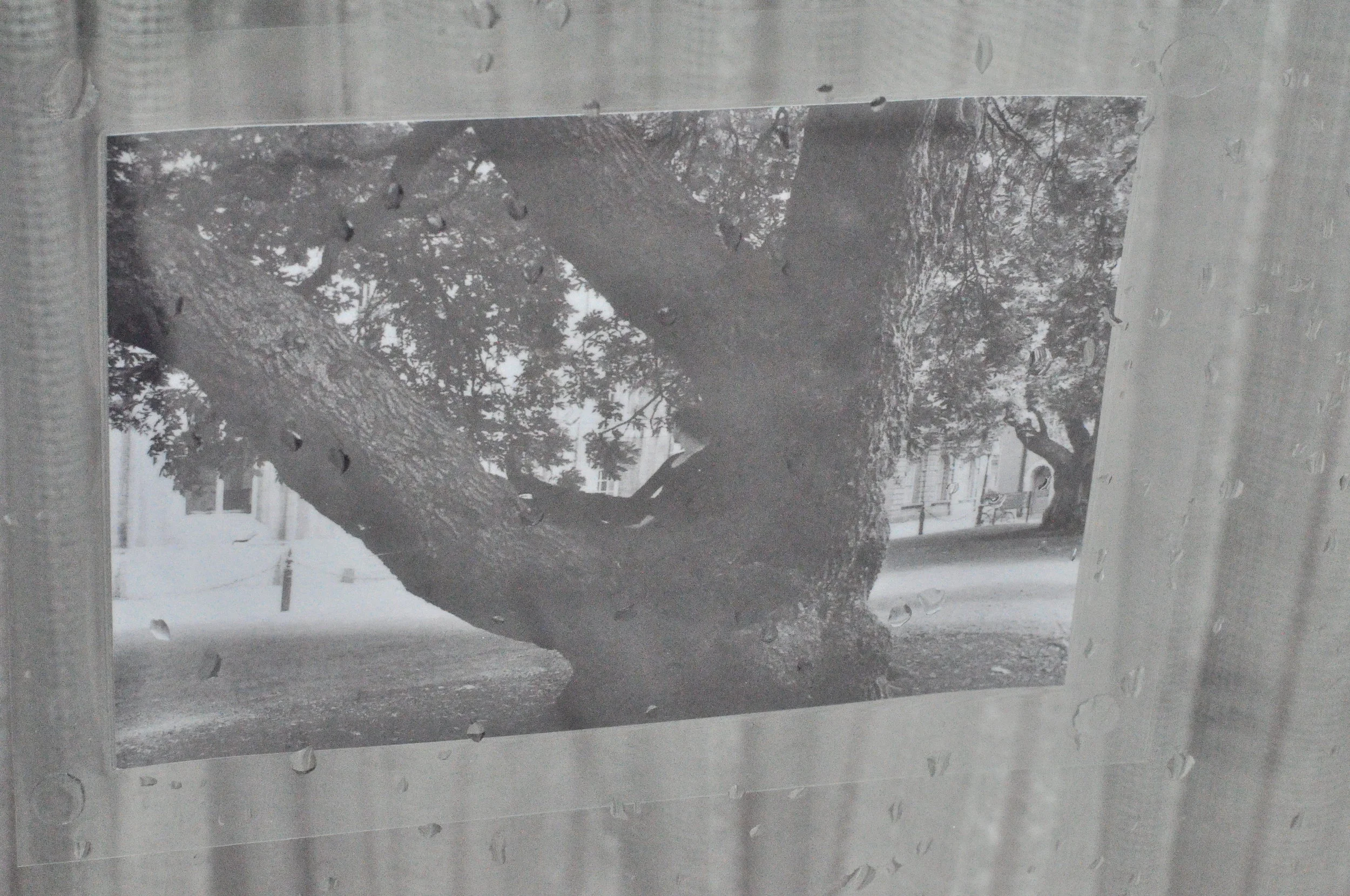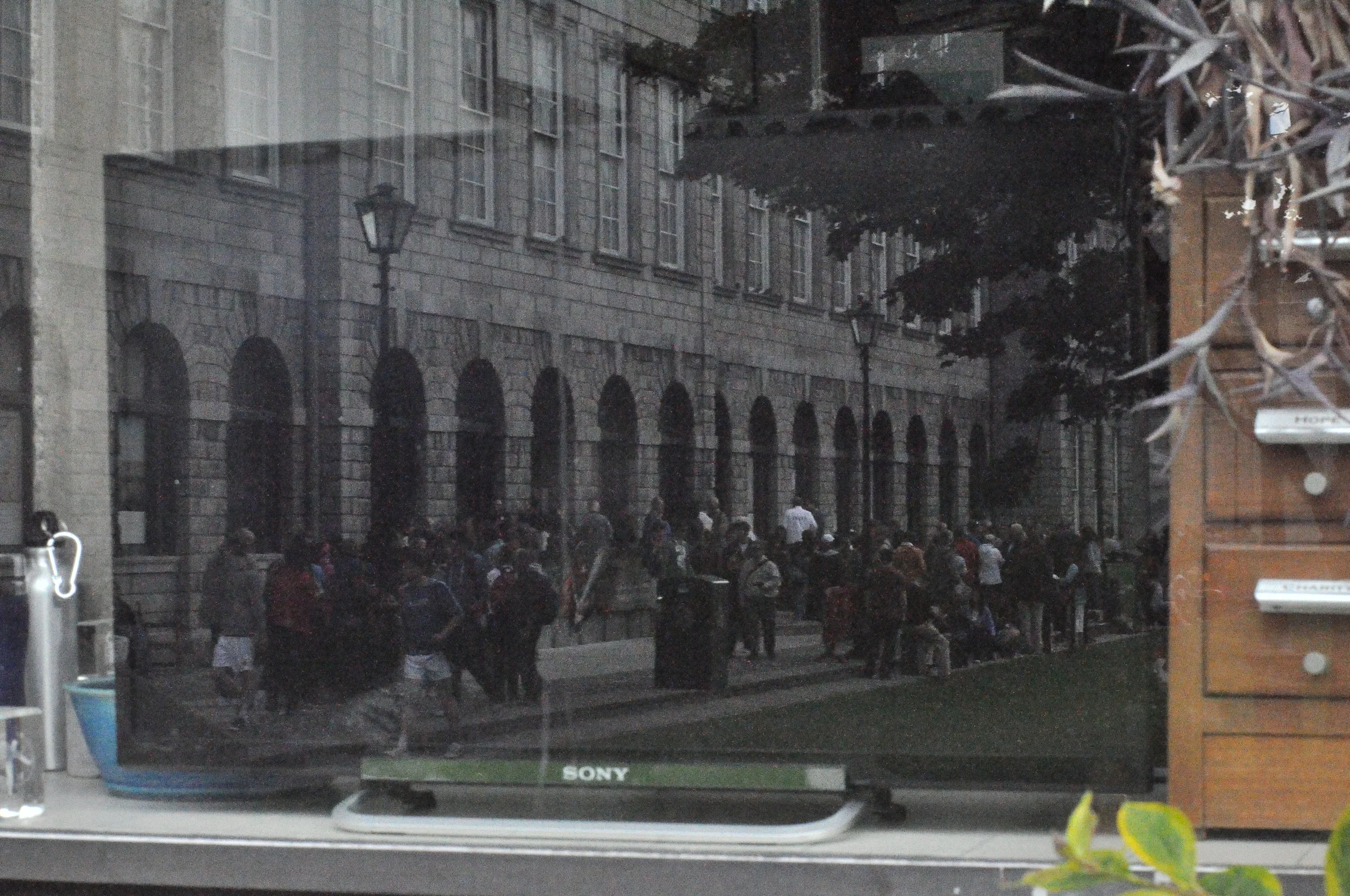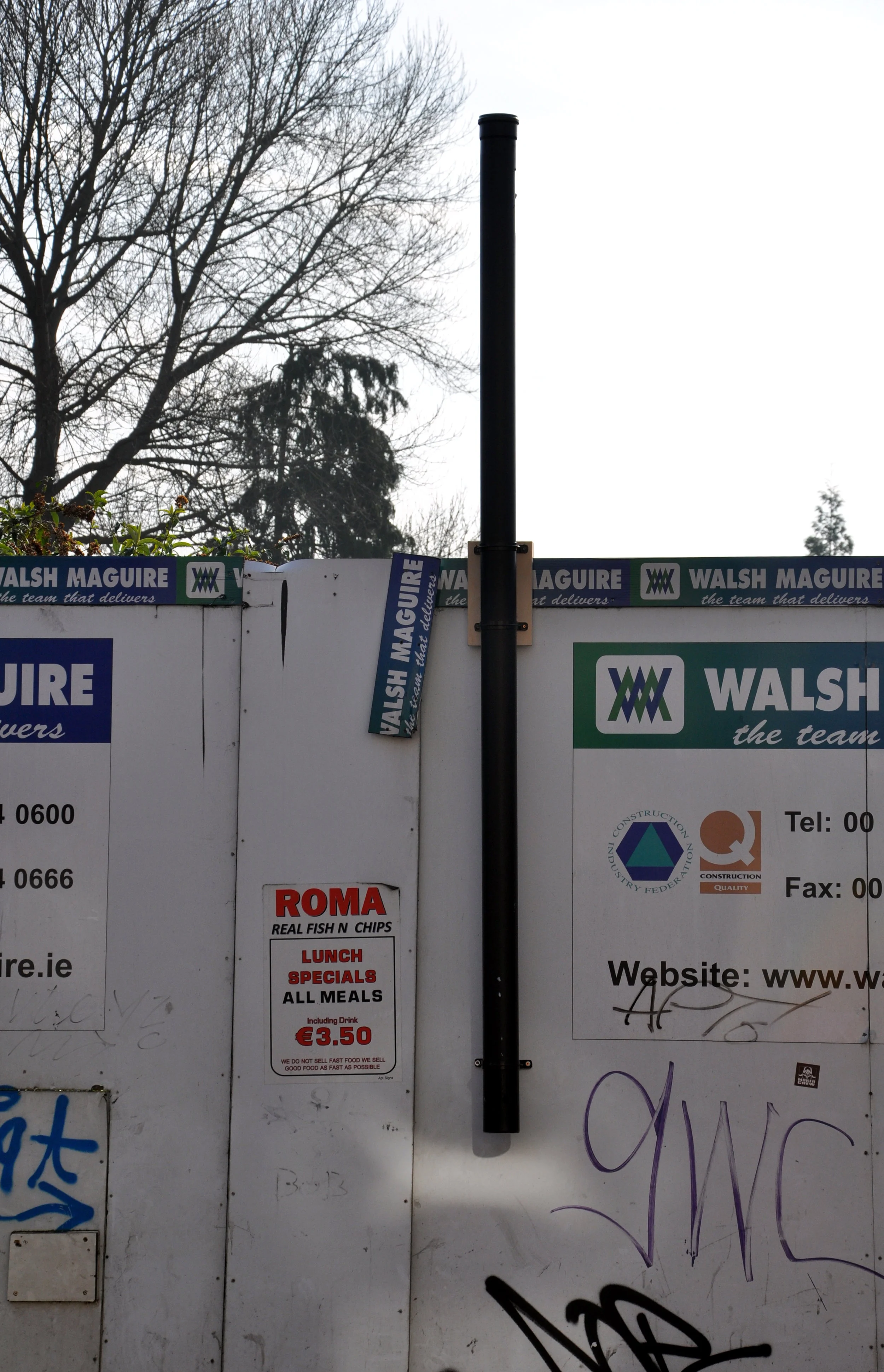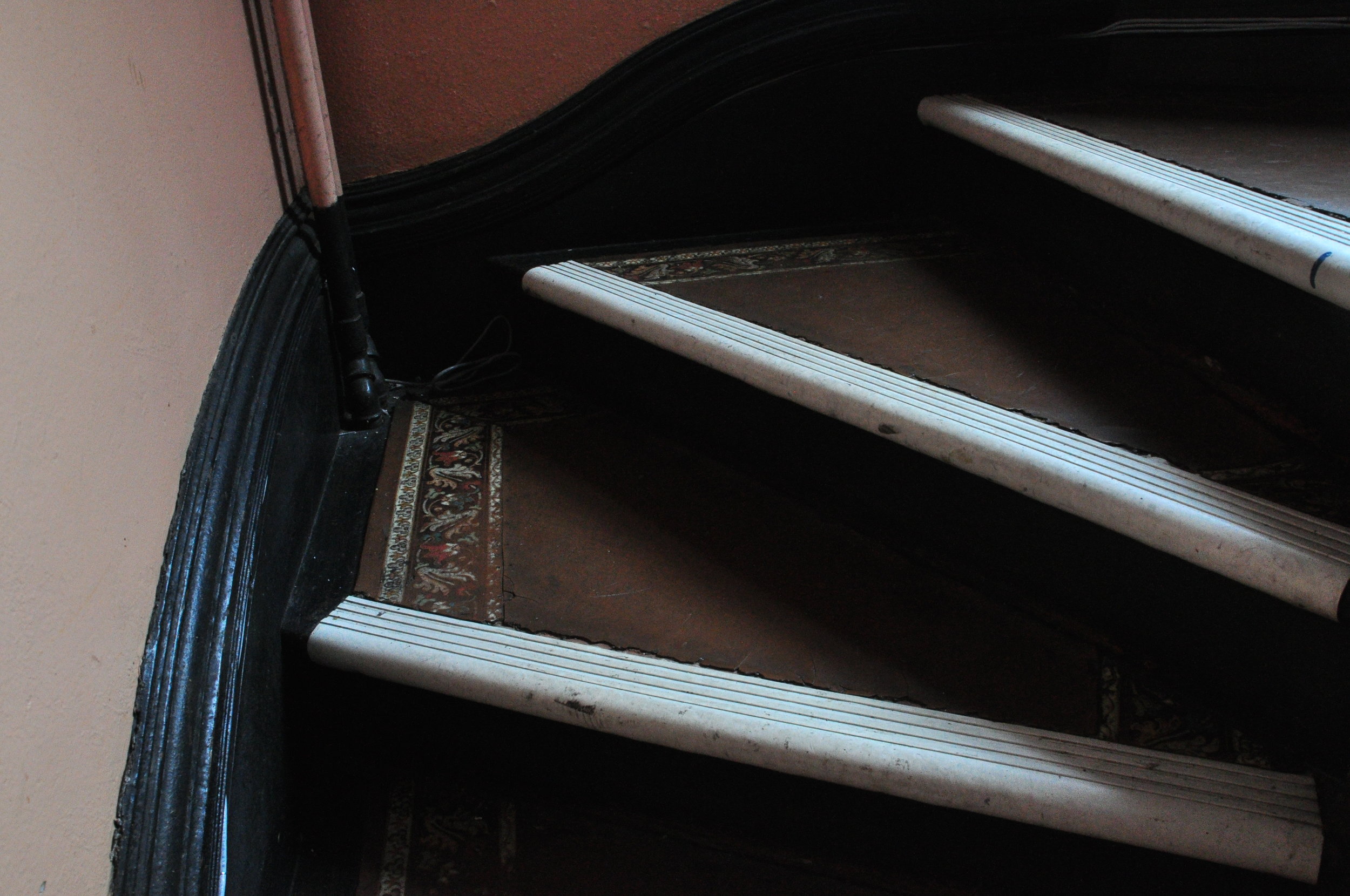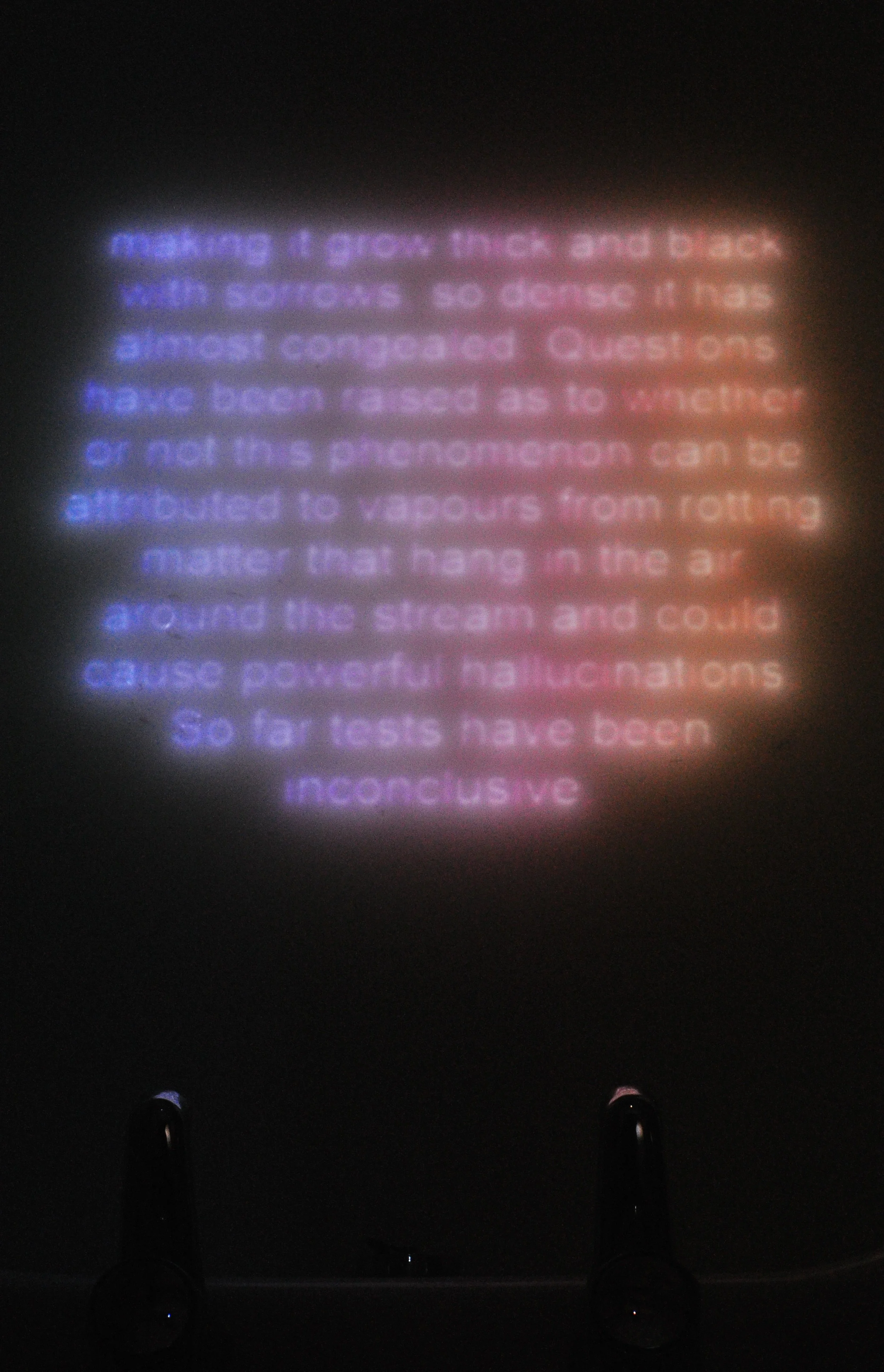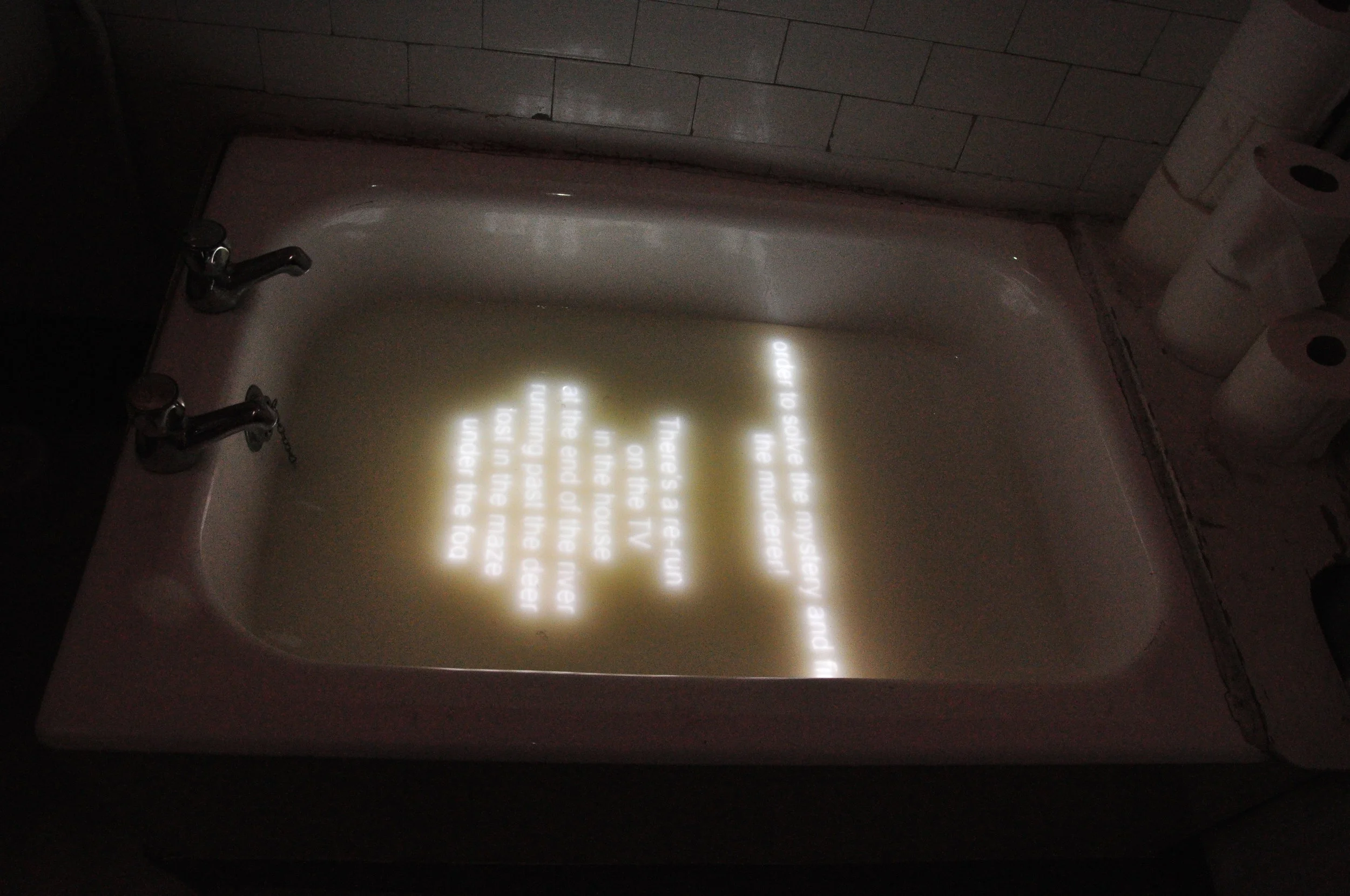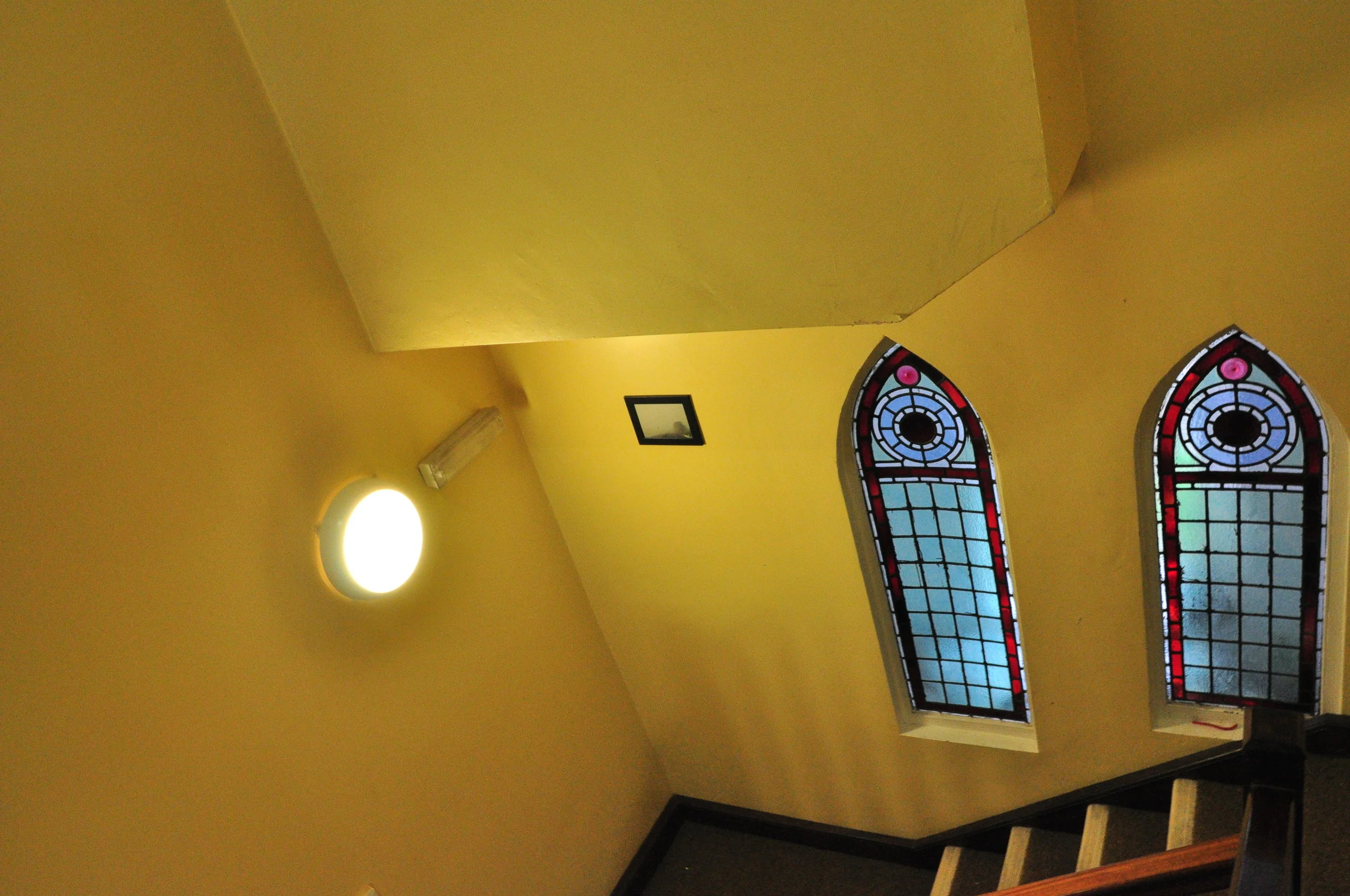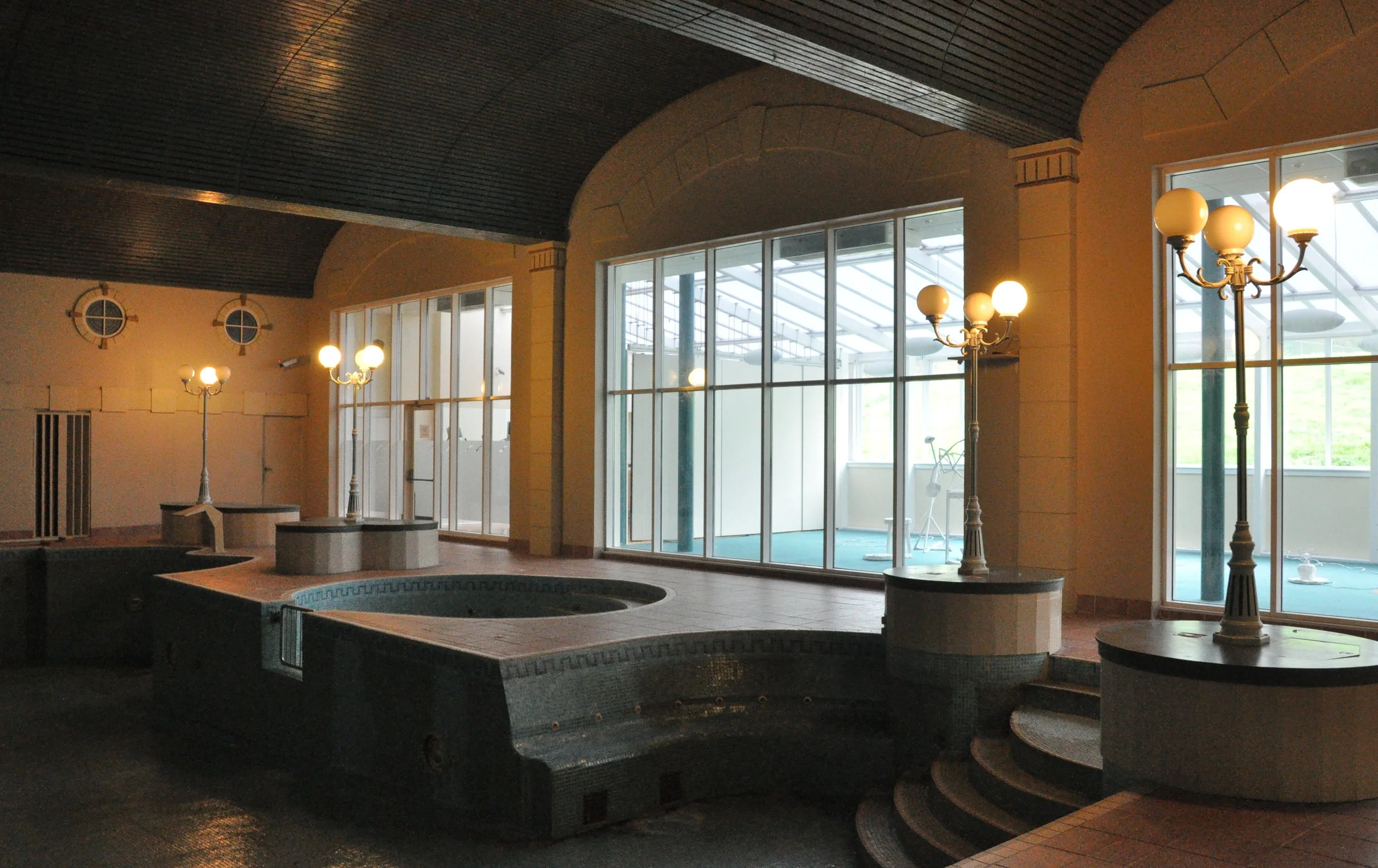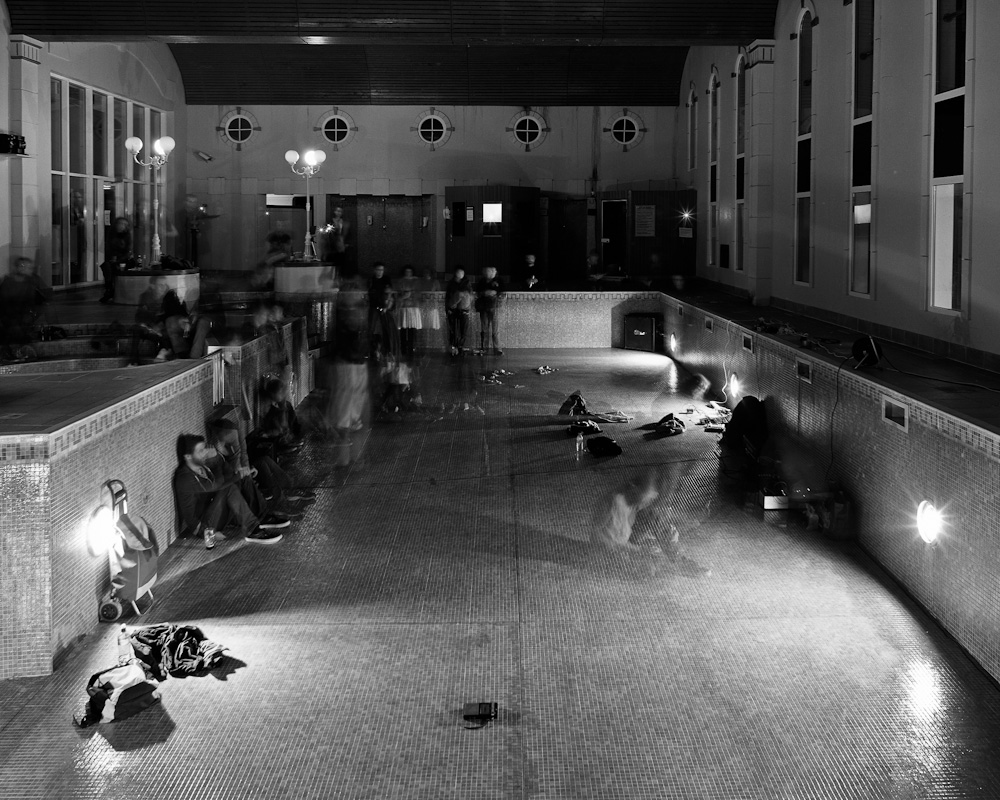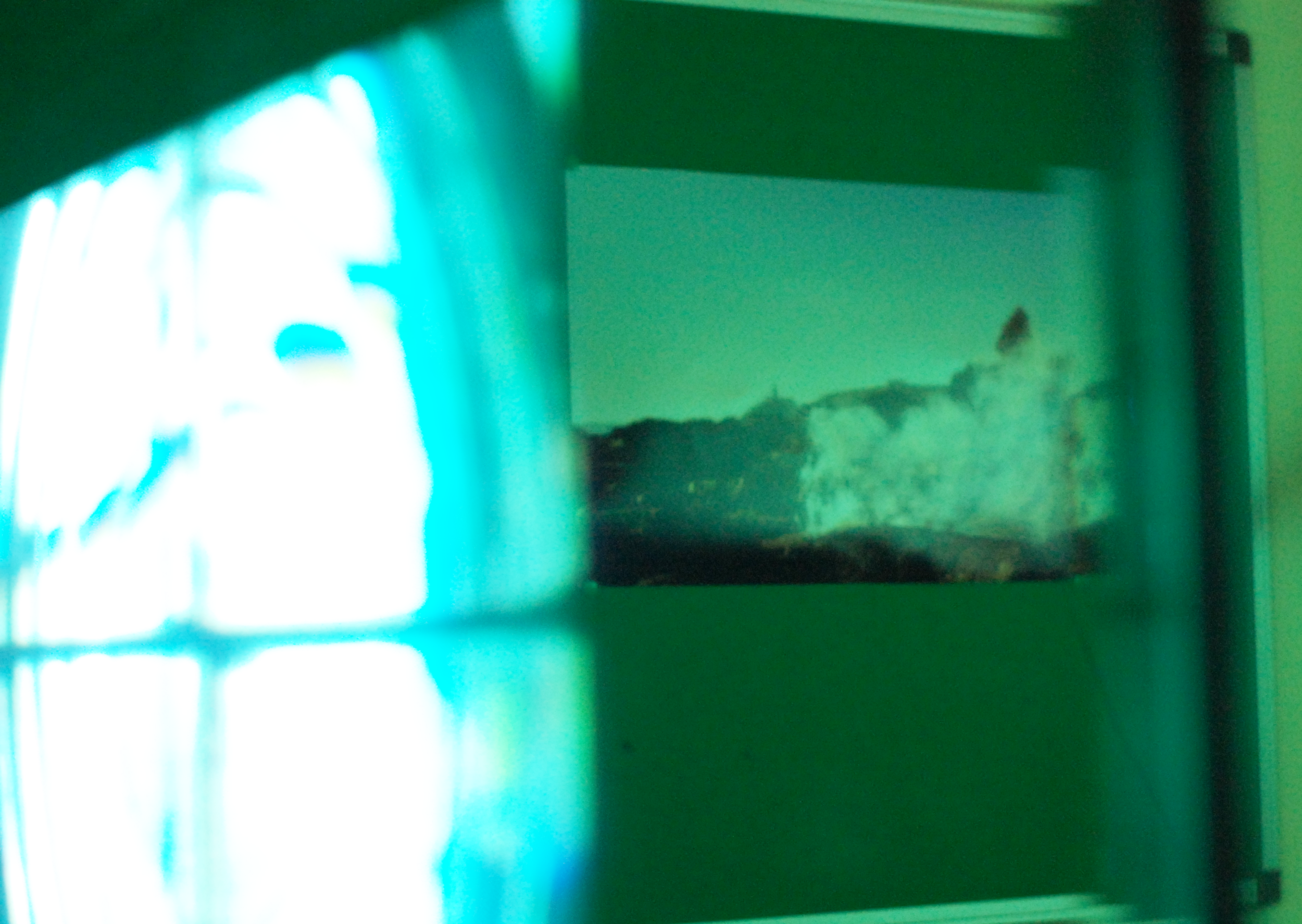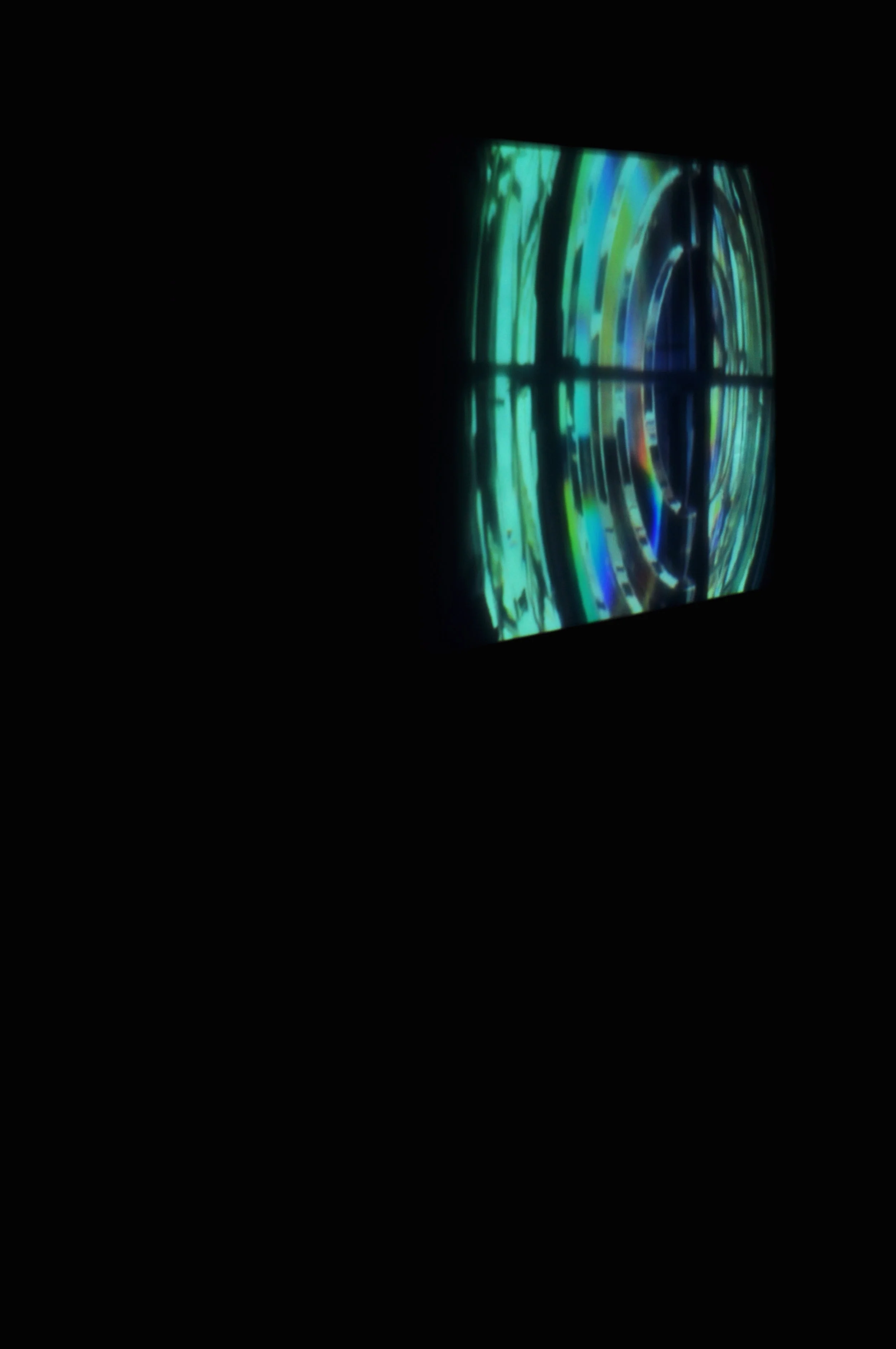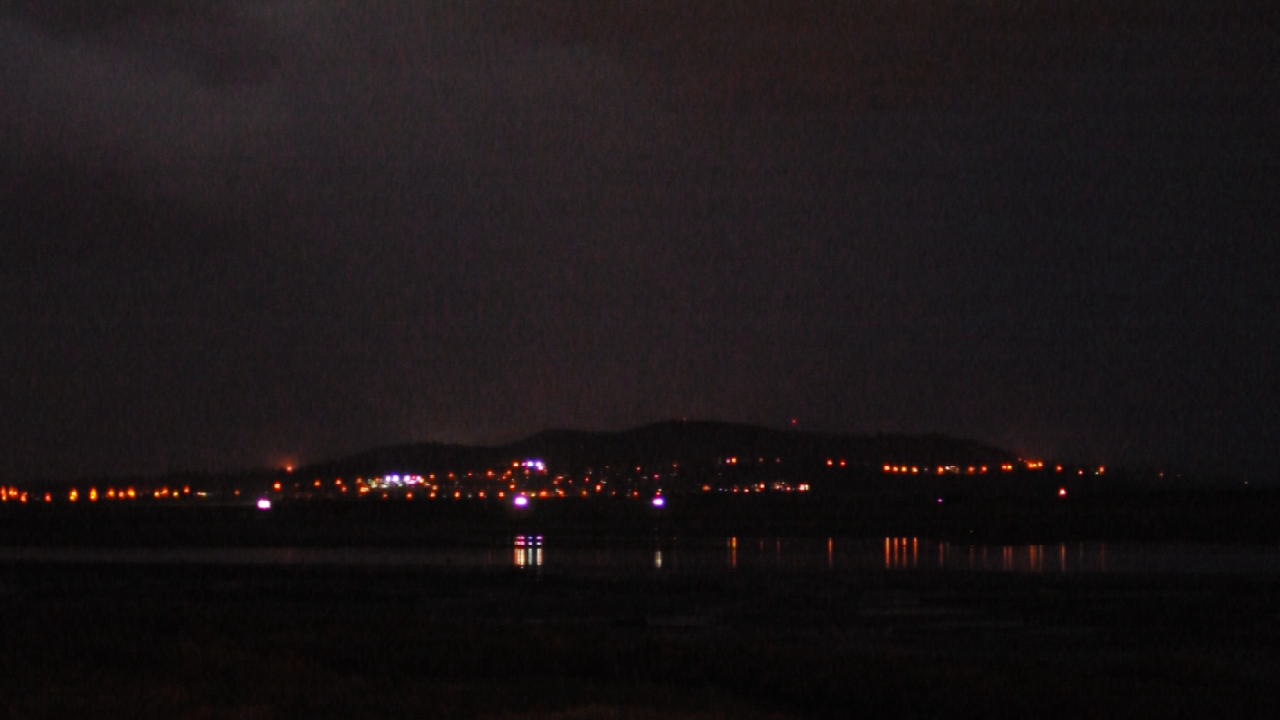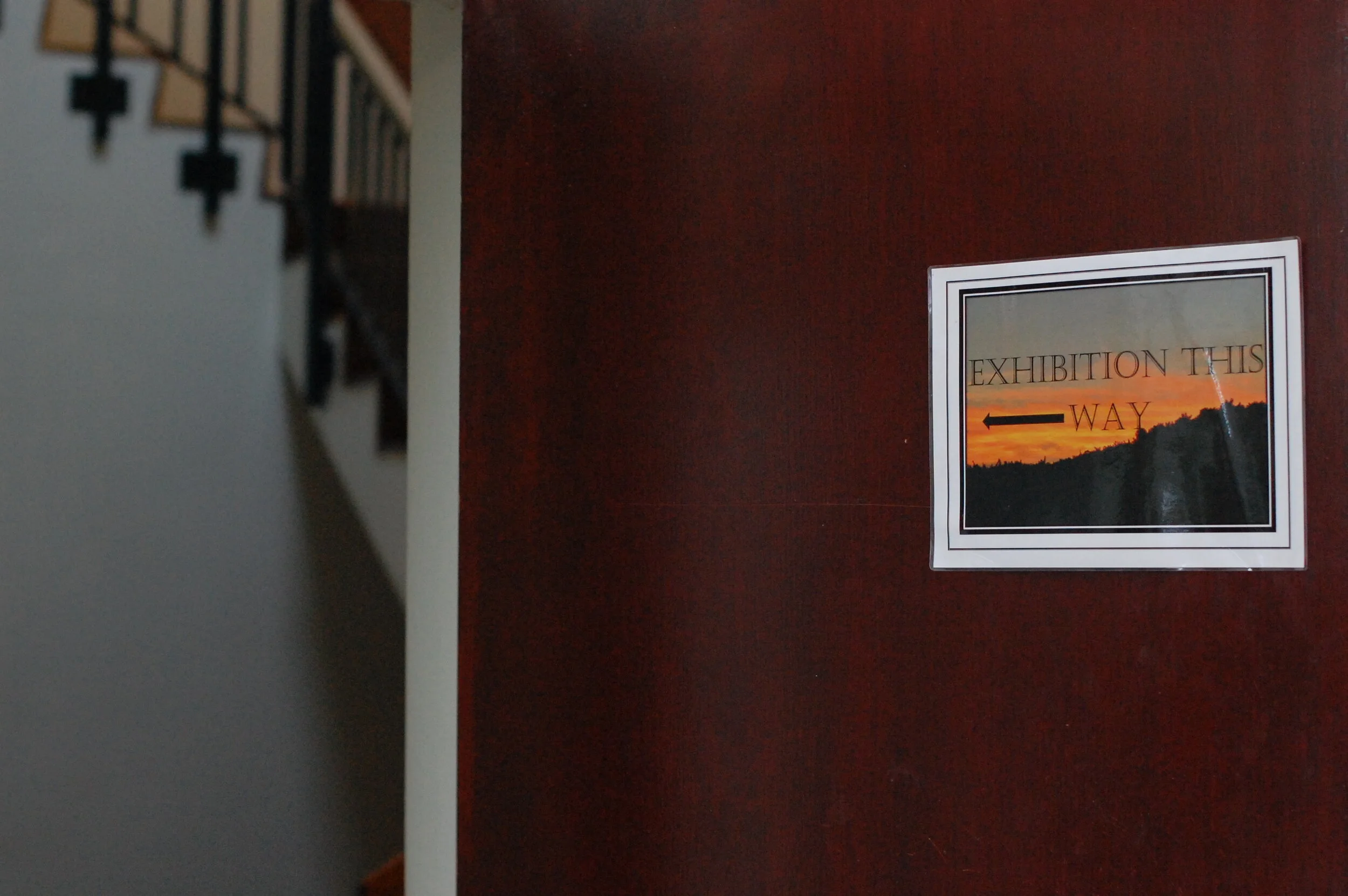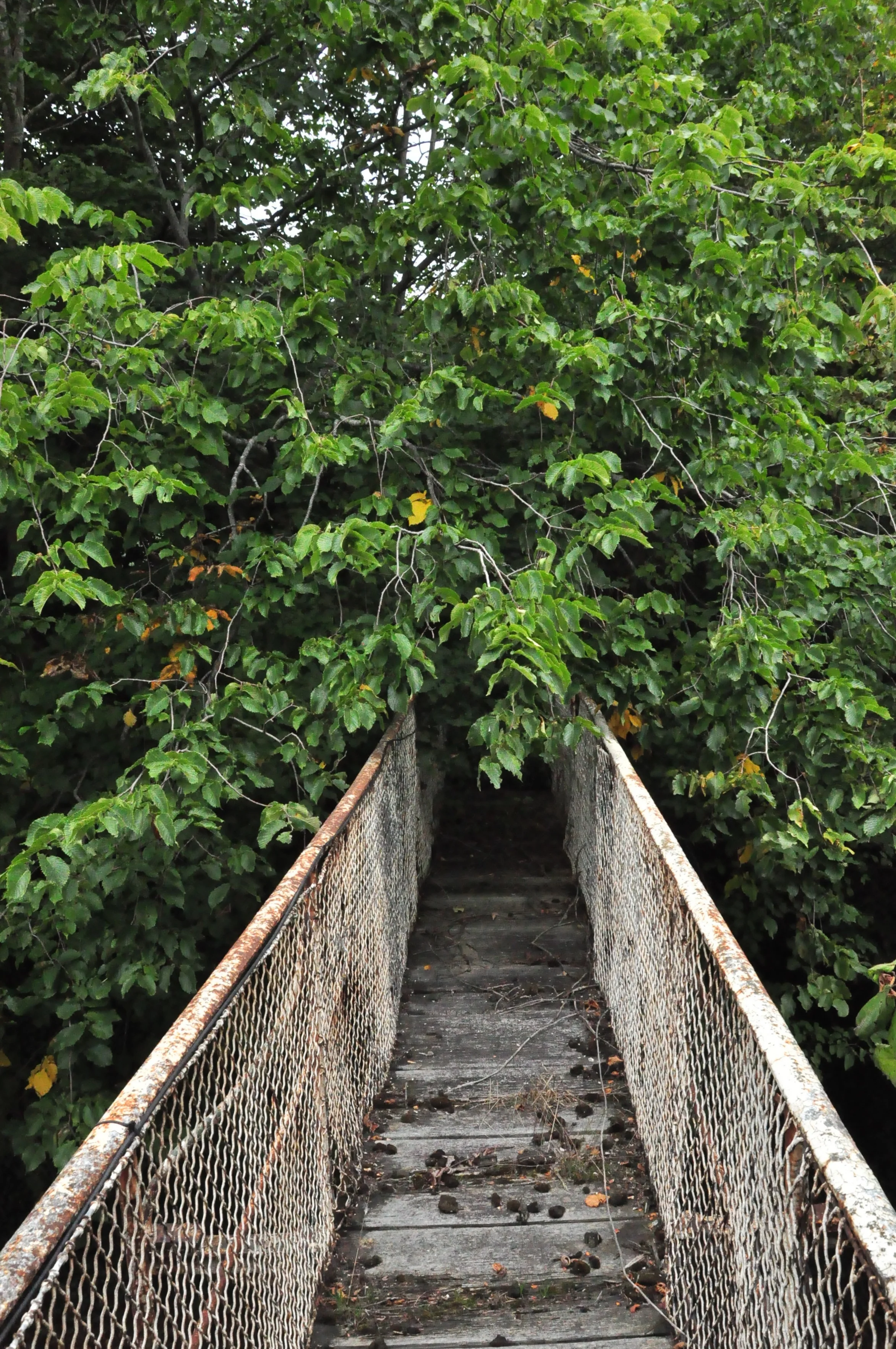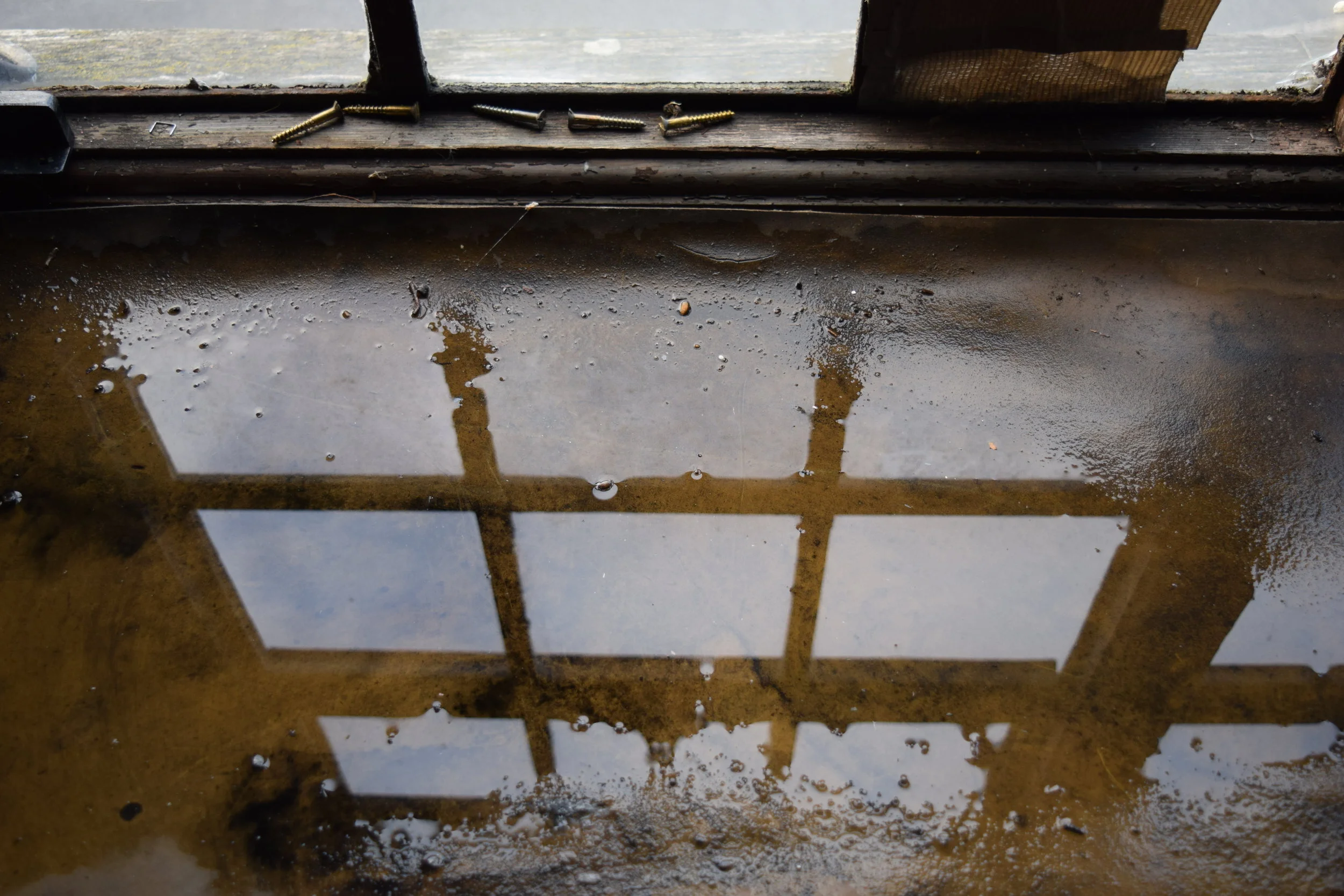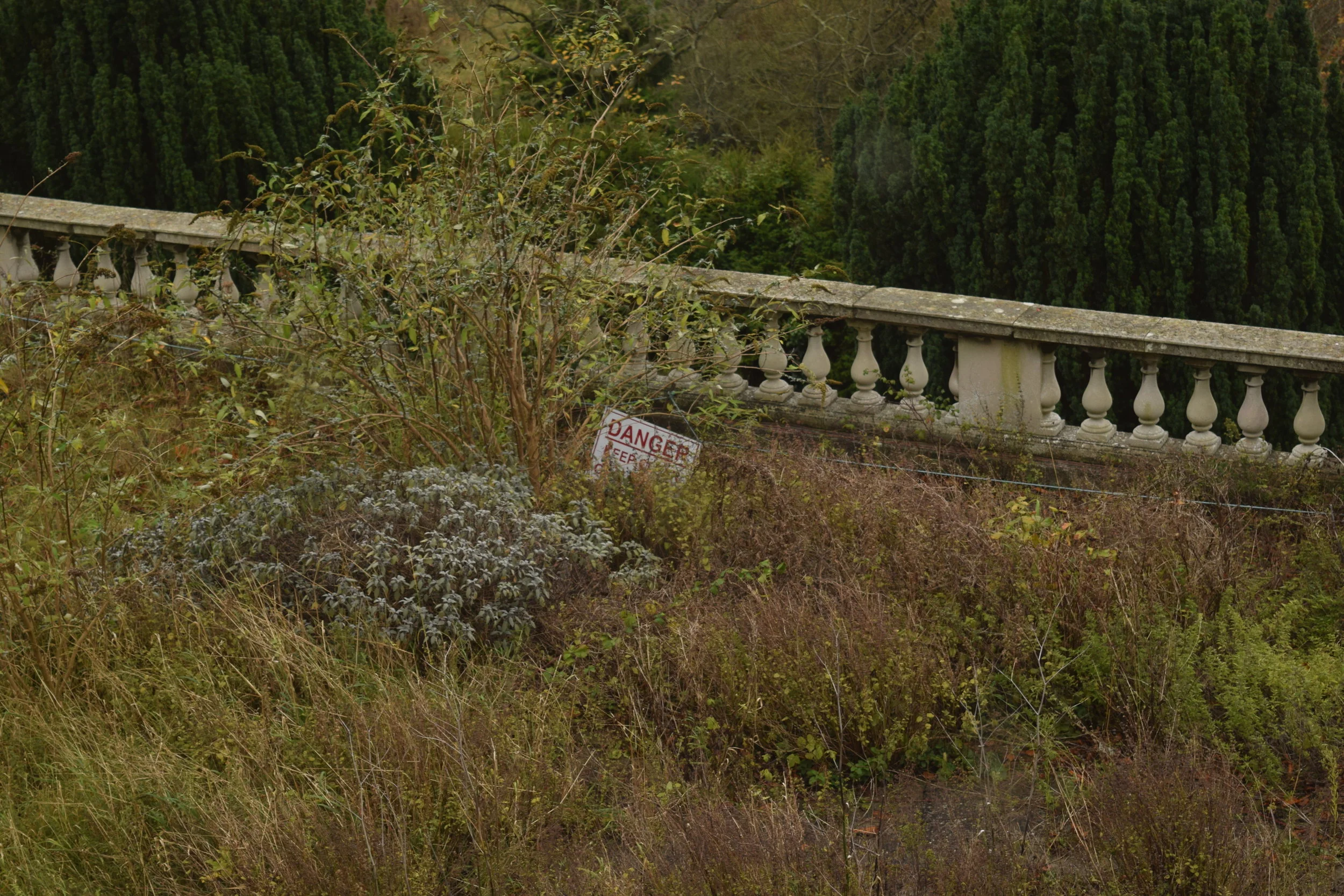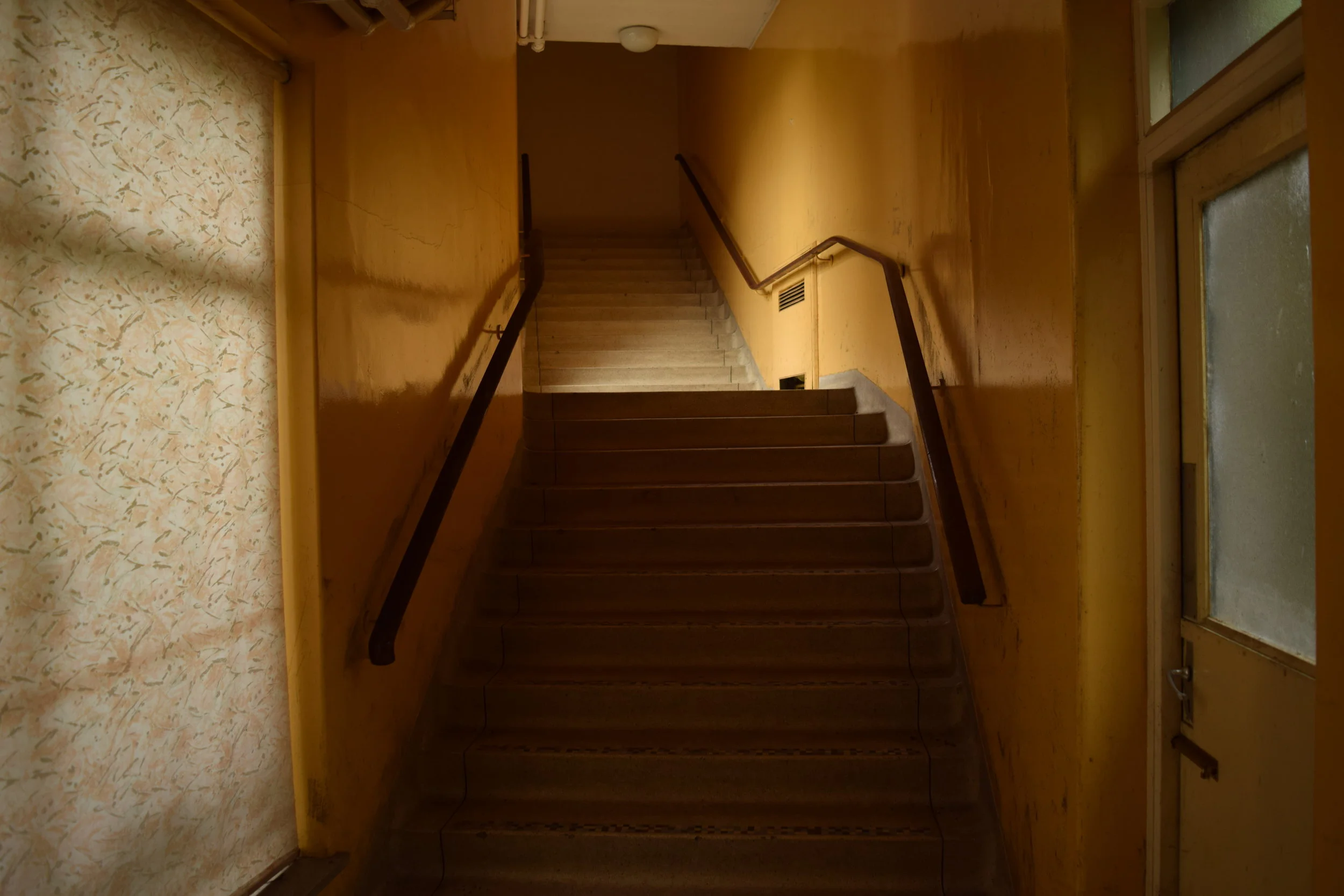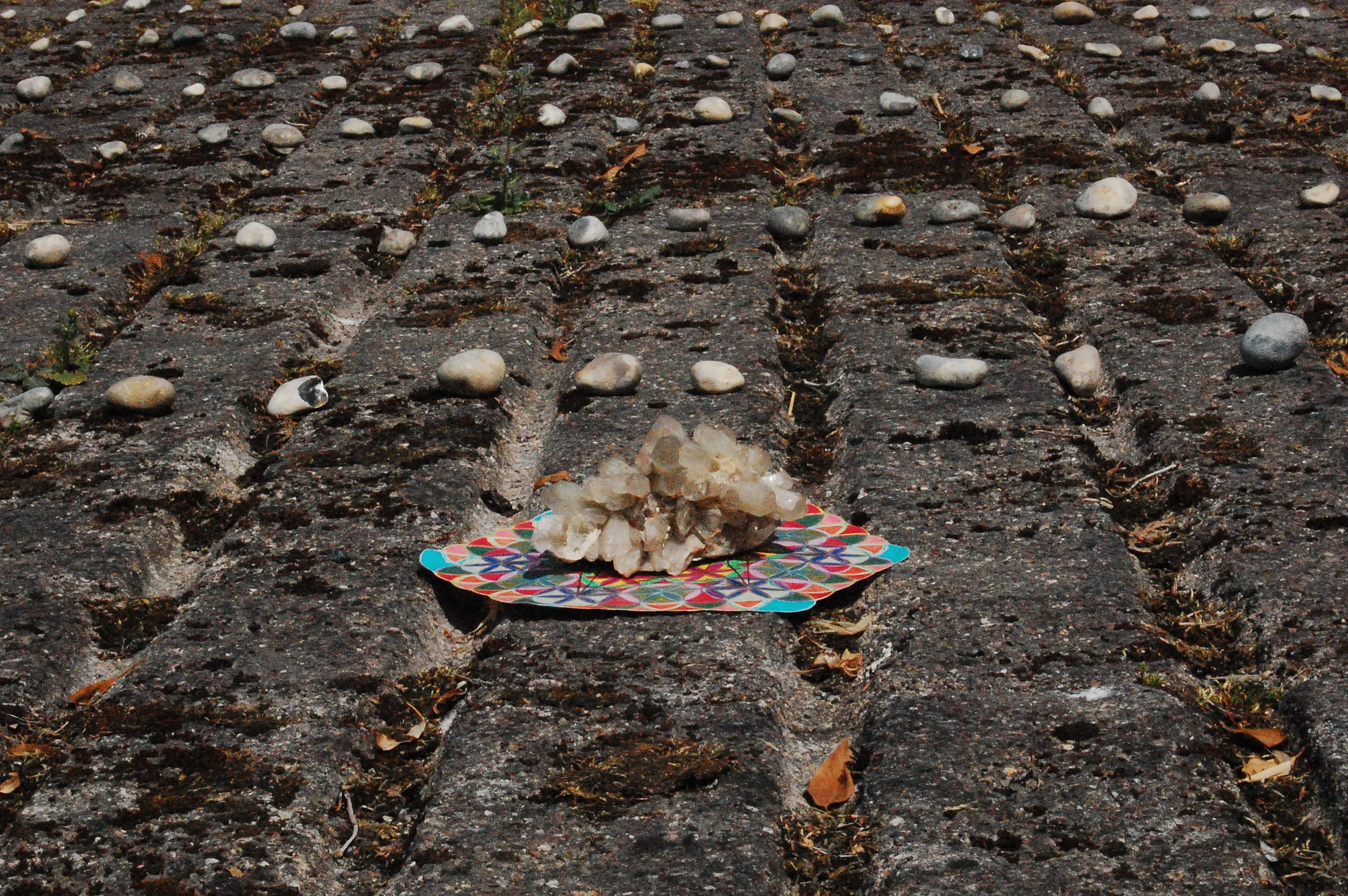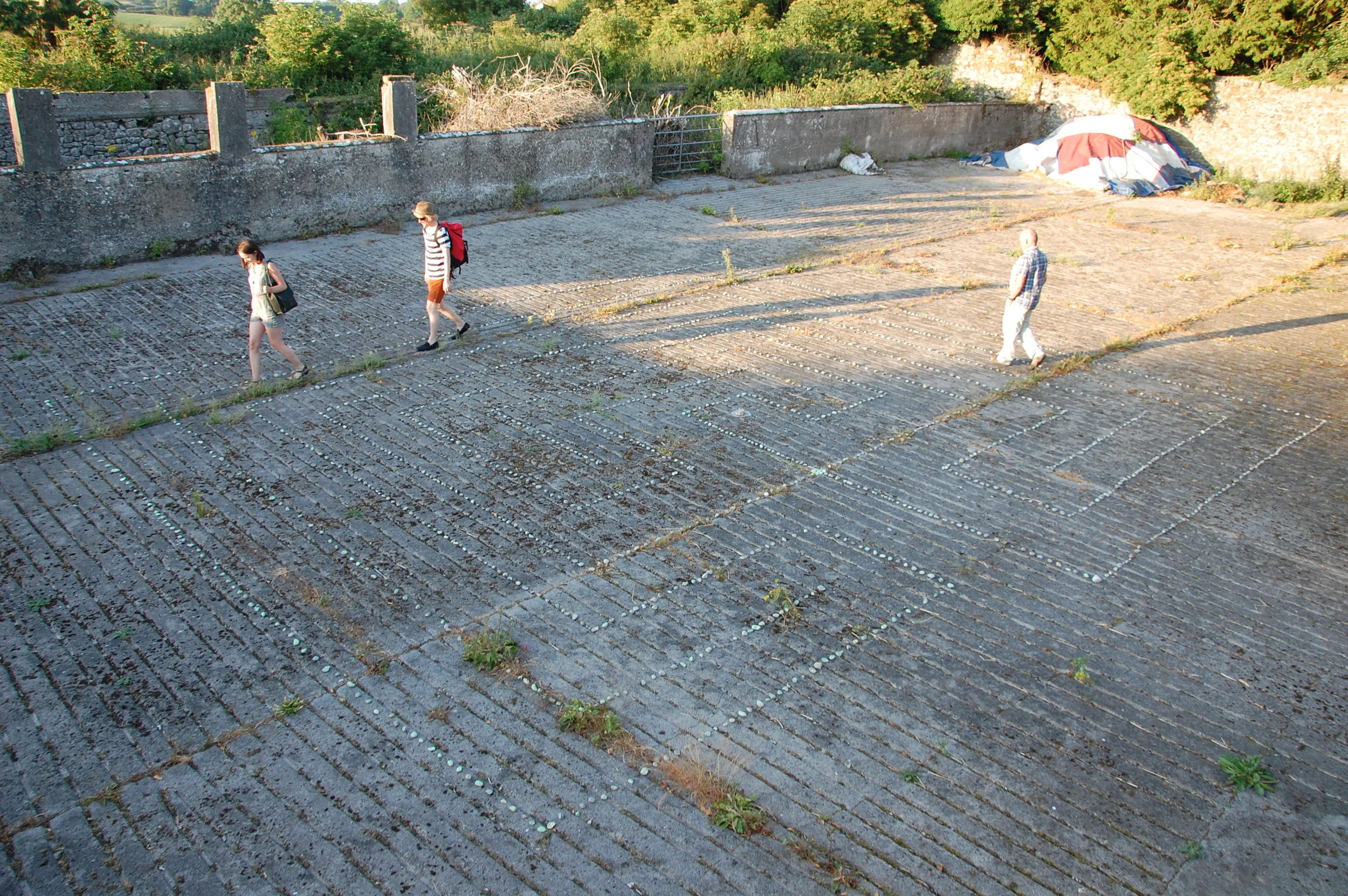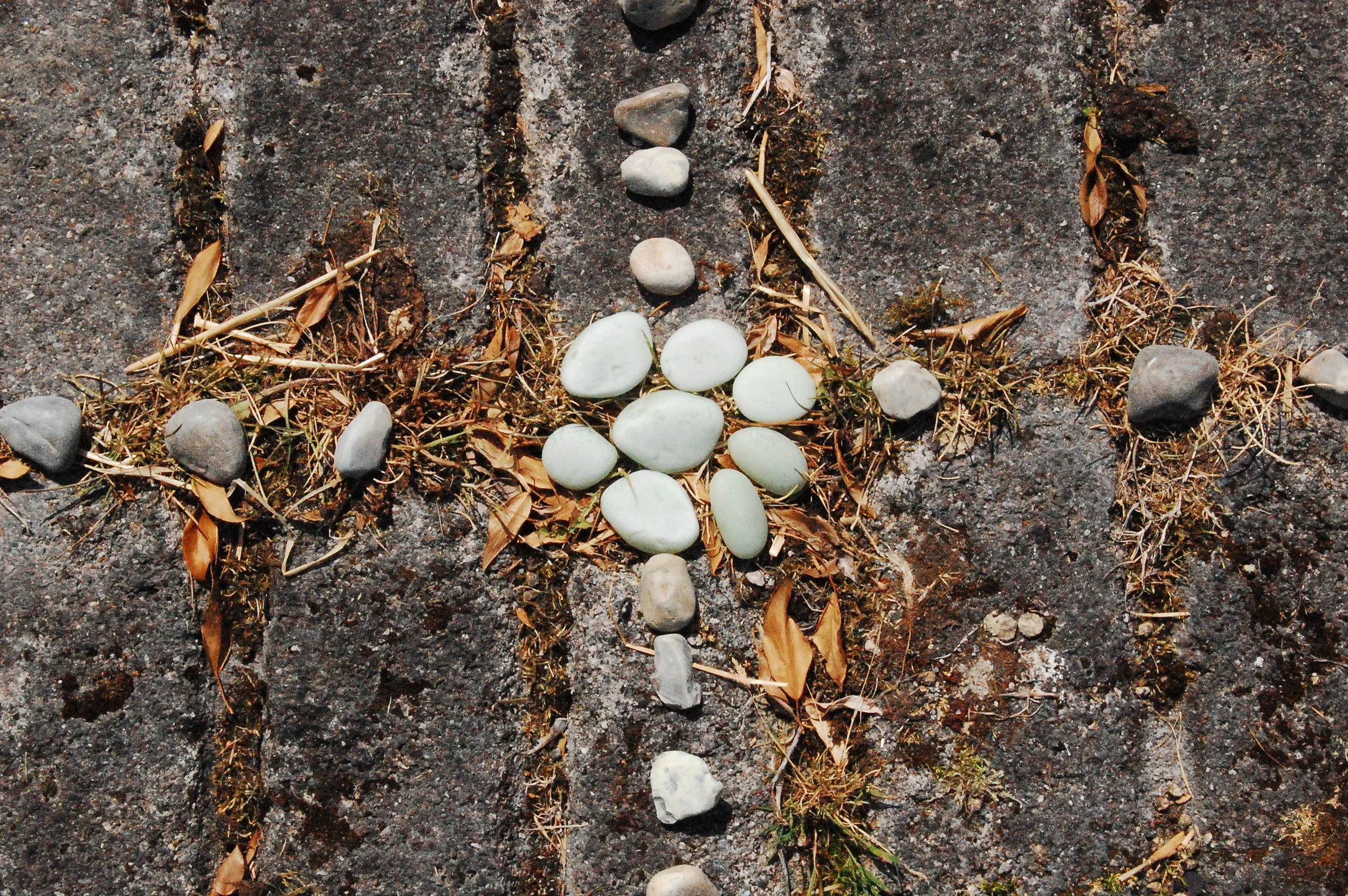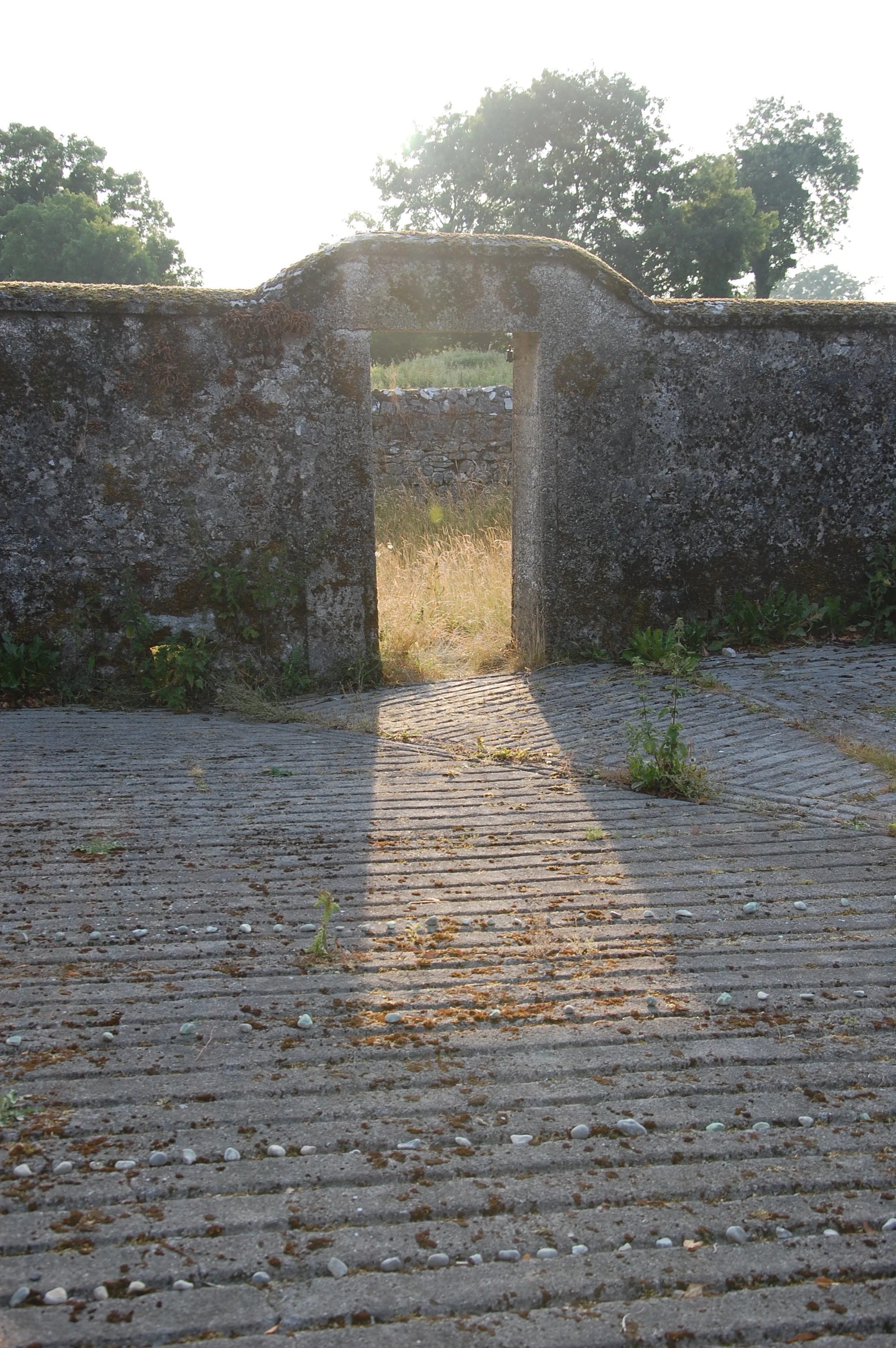A Collection of Disarticulated Bones is a body of video work, photographs and objects made and combined for TULCA Festival of Visual Arts, The Salvage Agency, curated by Michele Horrigan. The exhibition took place at Galway City Museum. The project also toured to Solas Nua, Washington D.C. and The New Music + Technology Festival at the Moss Arts Centre at Virginia Technical University in 2024.
—
Touring Pamphlet
TULCA info sheet
TULCA video series: exhibition overview; artists’ talk; interview
—
A Collection of Disarticulated Bones traverses centres of knowledge in the US, UK and Europe in order to unpick different foundation myths of the Global North: institutional, pop cultural and embodied. This long-term project examines how decisions relating to preservation and presentation of histories can shape national and individual identities, in the context of imperialism, late capitalism, rising ethnonationalism and polarised public debate on both sides of the Atlantic.
Three short films feature speakers from the north and west of Ireland, all sharing stories of community action, united vision and the struggle to authentically remember and commemorate collective trauma. Videos available upon special request.
—
Image 1: Forty-Five Seconds reflects on how stories are told and the impact of American culture on the popular imagination in Ireland. Touching on tourism, alien invasion, bird migration and military aviation, the film, which follows a 1993 apparition in the night’s sky above west Limerick, hints towards the fear subconsciously felt by some in the Global North that a technologically advanced alien society could come and steal land and resources, mimicking historical colonial expansion.
Image 2: Brick by Brick concerns a historic Tennessee home that was transported to the Ulster American Folk Park in Fermanagh: a large red brick house built in 1825 by Francis Rogan, an Irish American Catholic plantation owner and enslaver. As told to us by Curator of Emigration at NMNI, Liam Corry.
Image 3: Stone by Stone II is a new video-loop, made guerrilla-style at the Irish Hunger Memorial in Battery Park, NYC, to accompany Brick-by-Brick.
Image 4: Part of the People is the story, as told by Marie Coyne, of 13 human skulls that were stolen from the island of Inishbofin in 1890. Trinity College researchers engaged in the discredited Victorian practice of craniometry, or skull-measuring, gave these human remains to the ‘Old Anatomy’ department, where they remained for 133 years. After a long campaign by islanders, the skulls were returned and interred in 2023, potentially setting a precedent for the return of other controversial artefacts from museum collections.
Images 5 - 8: Installation photographs from TULCA Festival of Visual Art at Galway City Museum by Ros Kavanagh and David Finn.
Image 9 & 10: TULCA presentation at Galway City Museum; including 3D printed bricks made in cooperation with National Museums NI and Galway University.
—
Image 11: A Collection of Disarticulated Bones pop-up exhibition with Solas Nua, offsite at the Mad Hatter Bar, Washington D.C.
—
Our research in 2023-24 has been supported by Askeaton Contemporary Arts, the Centre for Creative Technologies at University of Galway, Galway Culture Company, The Ulster American Folk Park and National Museums Northern Ireland, Project Arts Centre, Creative Heartlands in Leitrim, Galway City Museum and the Arts Council of Ireland.
—
exhibition tour:
TULCA Festival of Visual Arts, ‘The Salvage Agency’, curated by Michele Horrigan (Nov 2024)
Art X Residency:
Virginia Tech New Music + Technology Festival (Oct 2024)
Solas Nua, offsite exhibition and performance, Washington D.C. (Sept 2024)
University of Galway Centre for Creative Technologies, Masterclass (Feb 2025)

